-
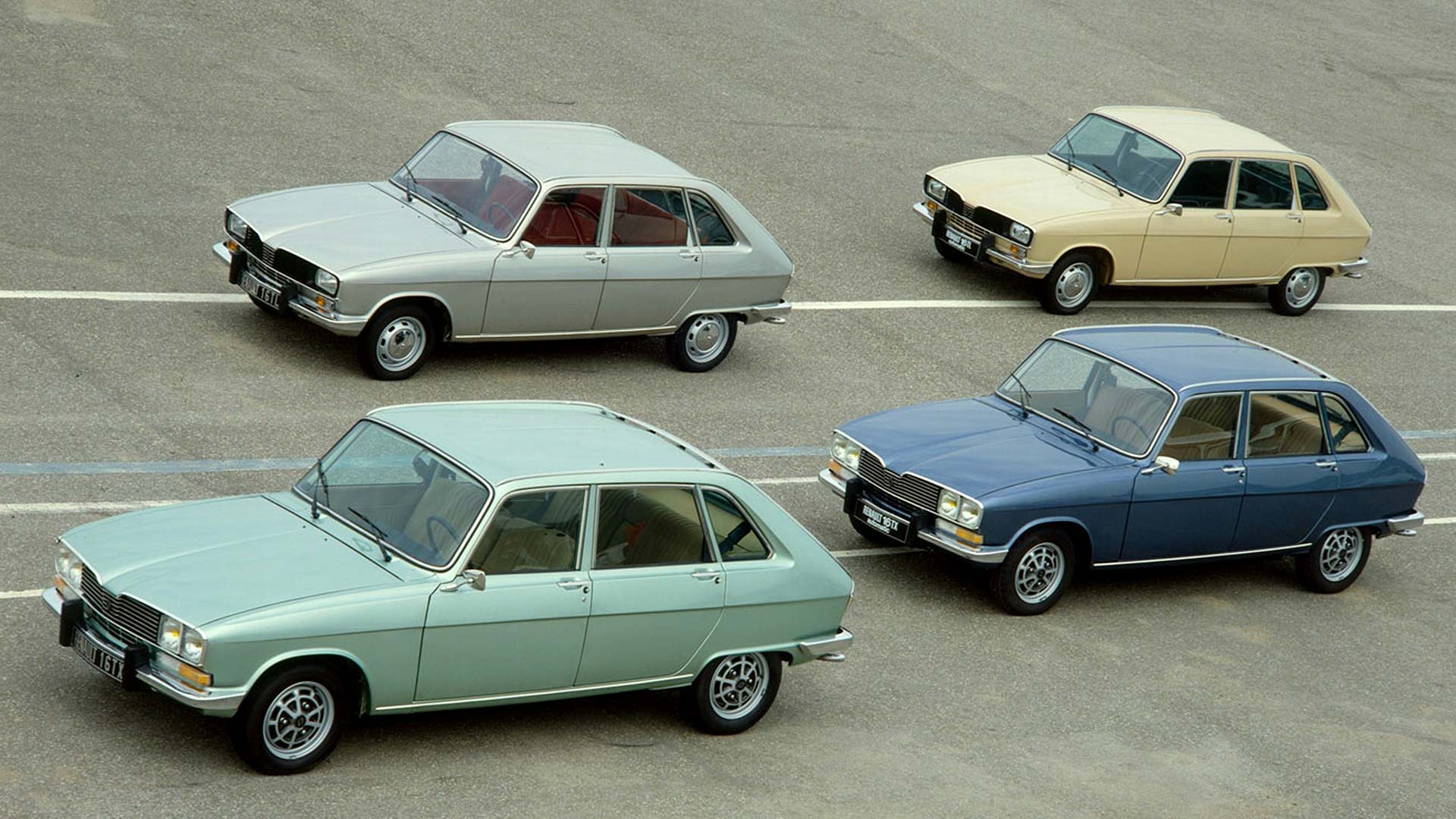
History of the Renault 16
© RenaultThe Renault 16 is unfairly overlooked when people discuss the most important cars of the 20th century. It’s time to set the record straight, as we celebrate this fabulous family car.
-
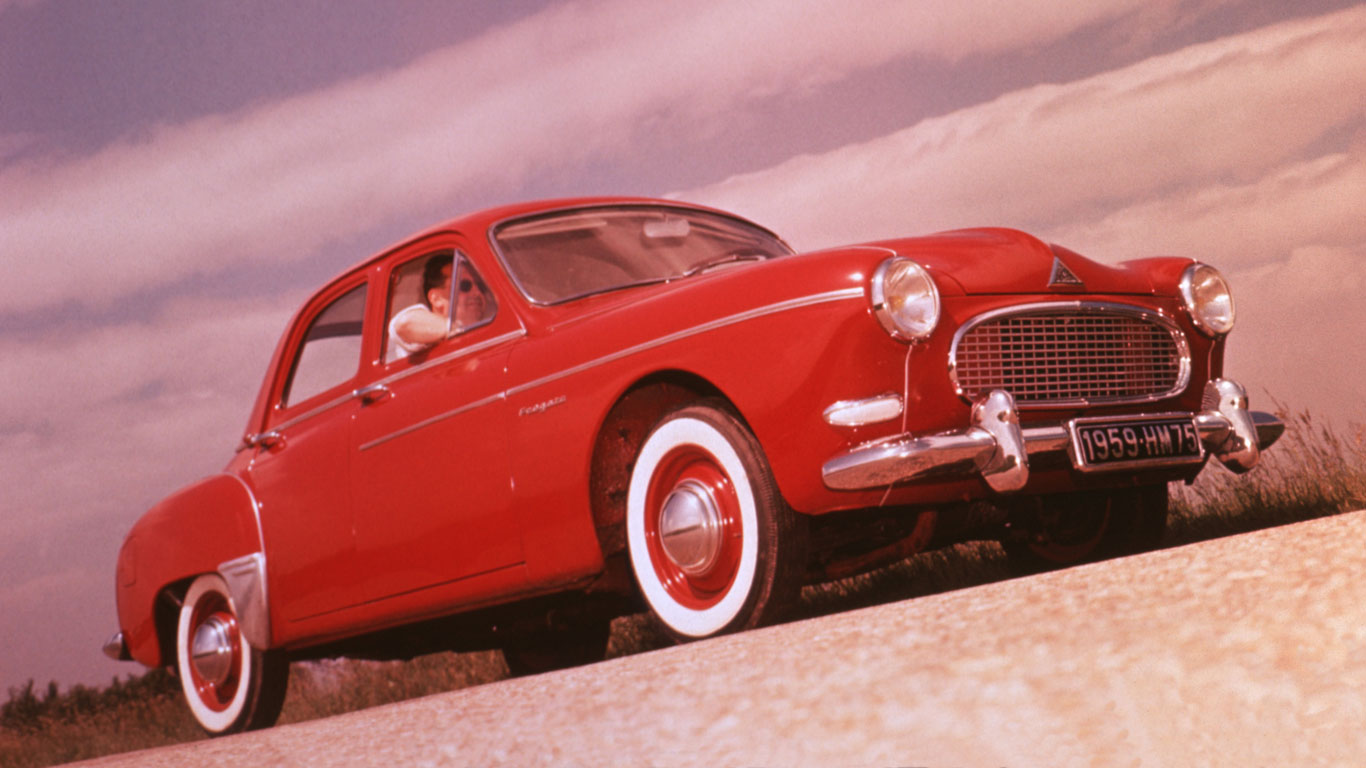
Replacement for the Renault Fregate
© RenaultThe story of the Renault 16 starts with the Renault Frégate. In 1958, an industrial designer named Gaston Juchet was drafted in to work on the replacement of Renault’s elegant but ageing saloon car.
-
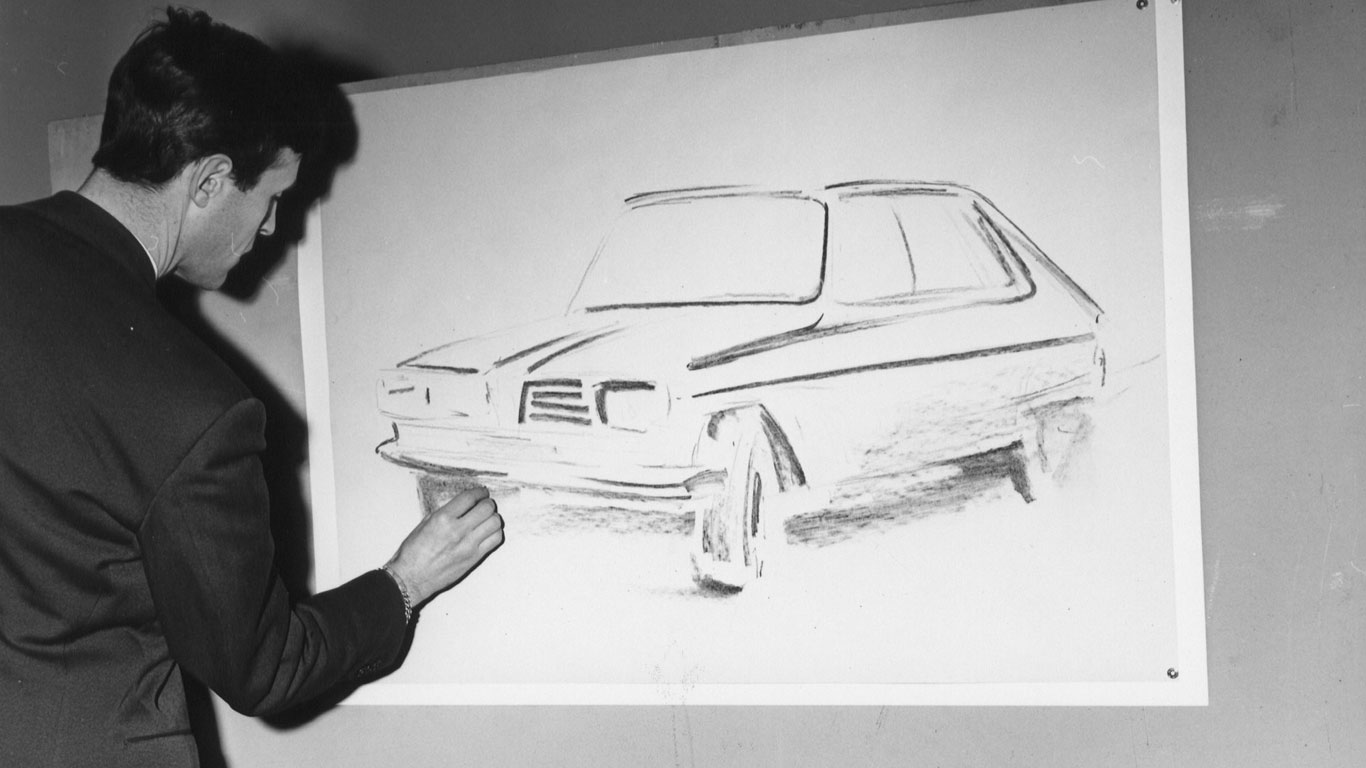
Rejected a three-box vehicle
© RenaultHis initial plan was to develop a large three-box vehicle with a six-cylinder engine, but Renault’s CEO, Pierre Dreyfus, felt the company needed to move the game on.
-
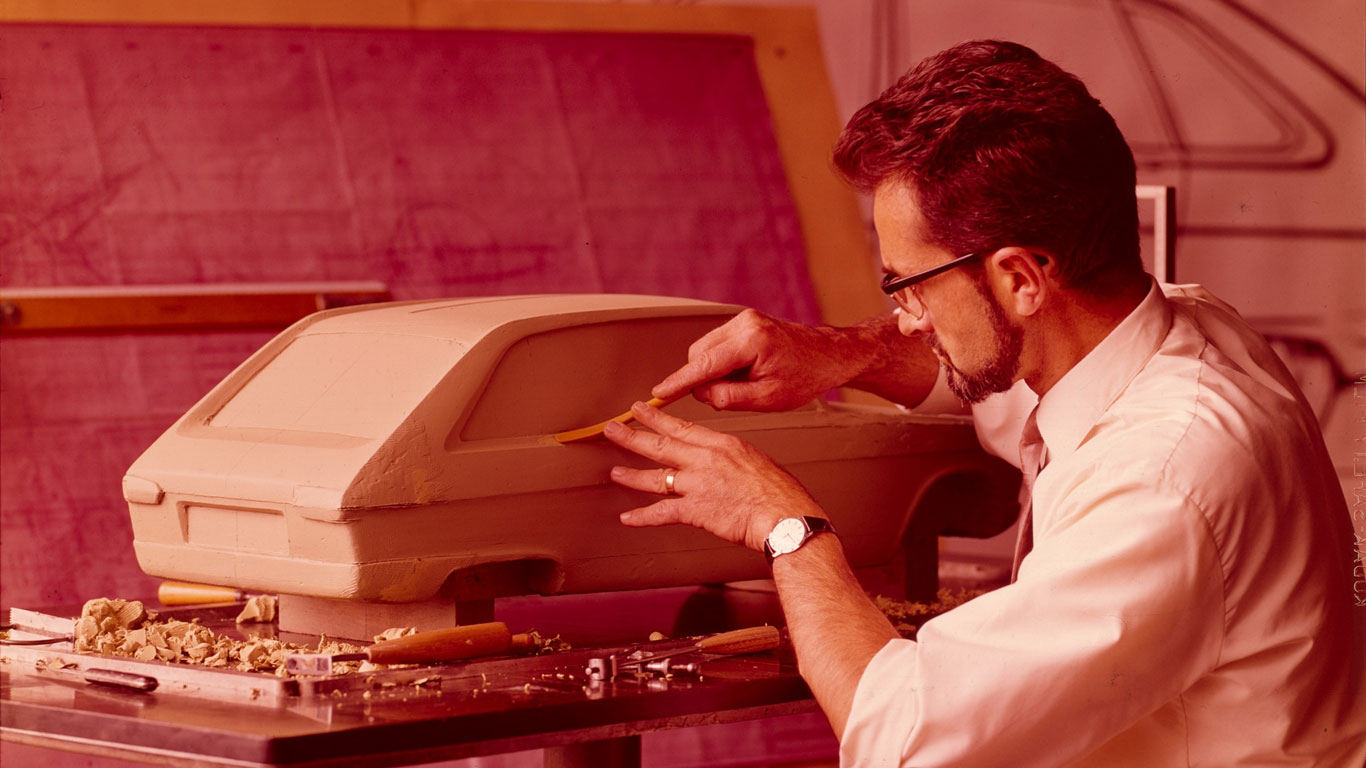
New two-box design
© RenaultWith Yves Georges working on the engineering and Juchet on the design, a two-box hatchback with six windows and a low waistline was developed. This was the first time a family car had featured a tailgate.
-
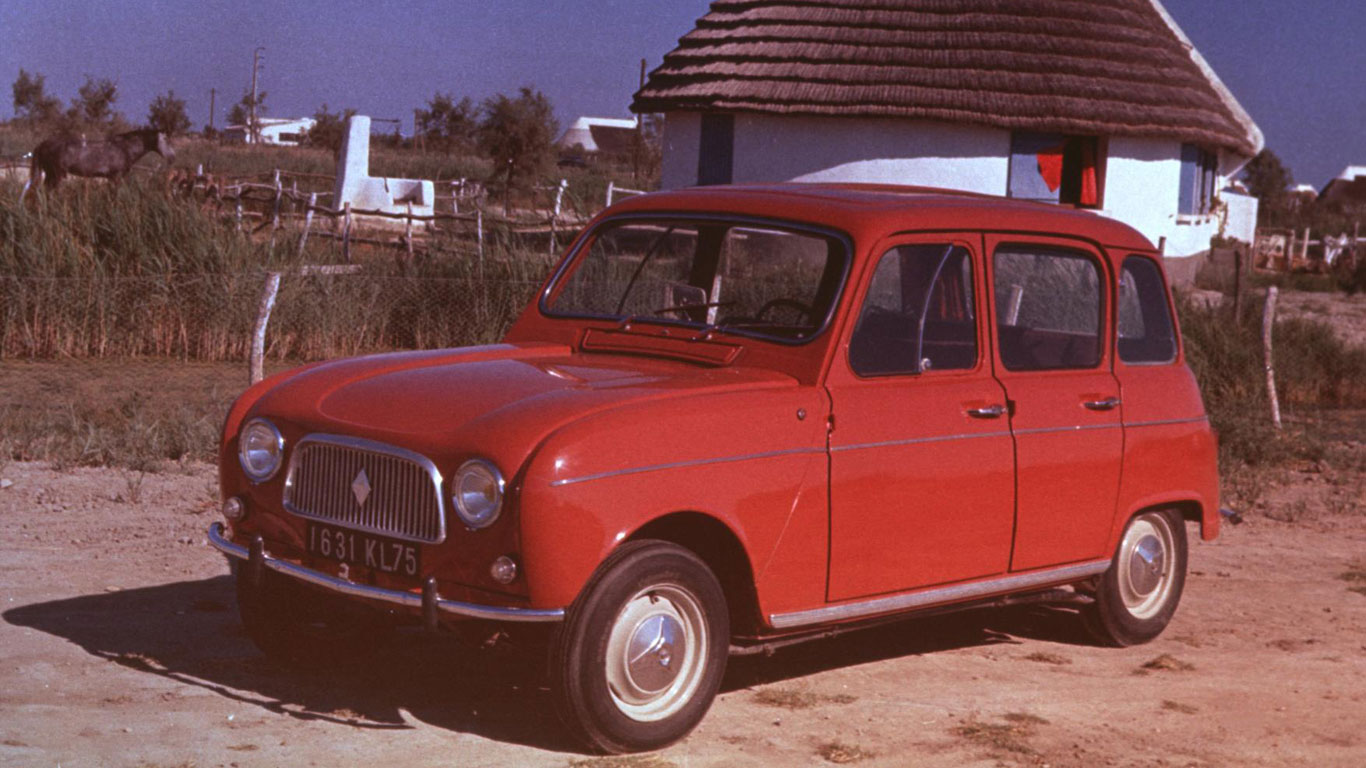
The Renault 4
© RenaultSure, the idea of a hatchback wasn’t necessarily new – you’ve only got to look at the Renault 4, introduced in 1961 – as evidence of this, but the Renault 16 was the first family hatchback.
-
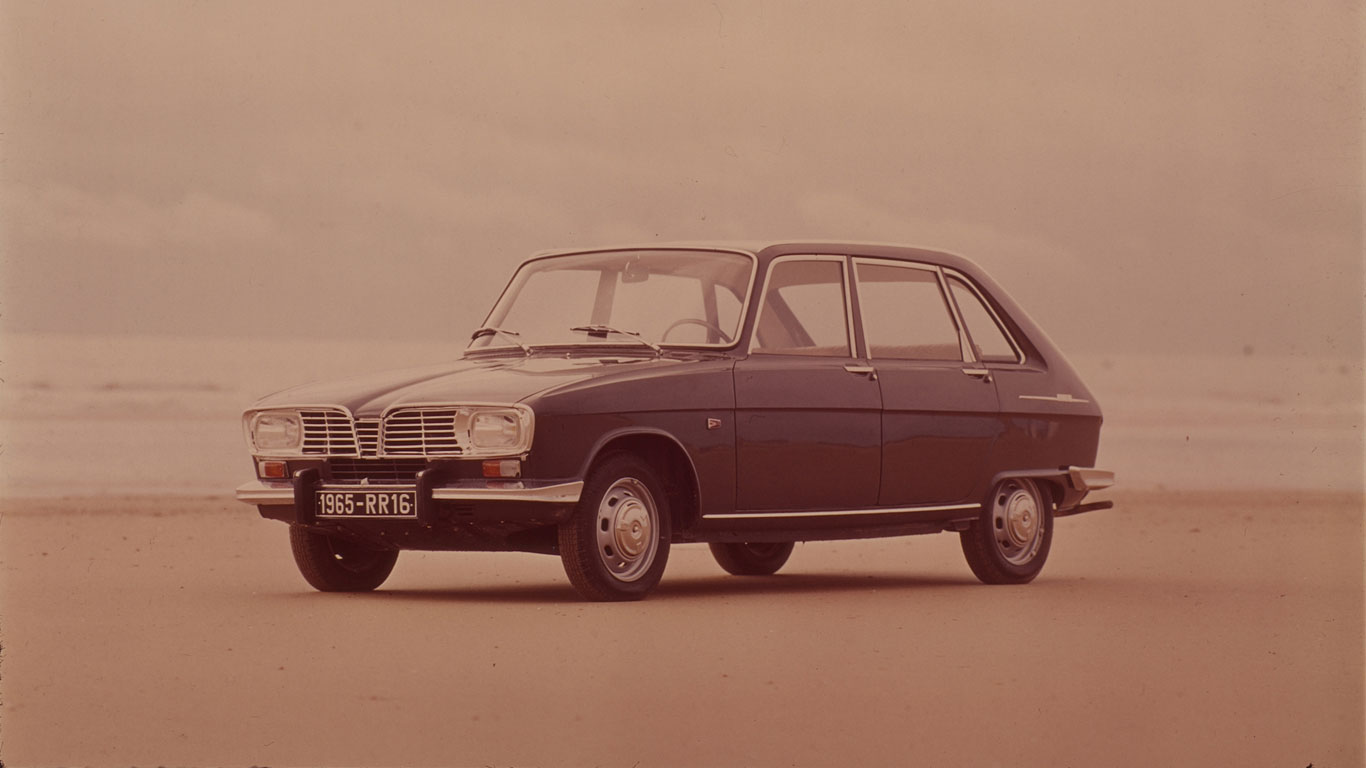
The first family hatchback
© RenaultWhich means it was a proper game-changer. All modern family hatchbacks can trace their roots back to the very genesis of the breed – the Renault 16.
-
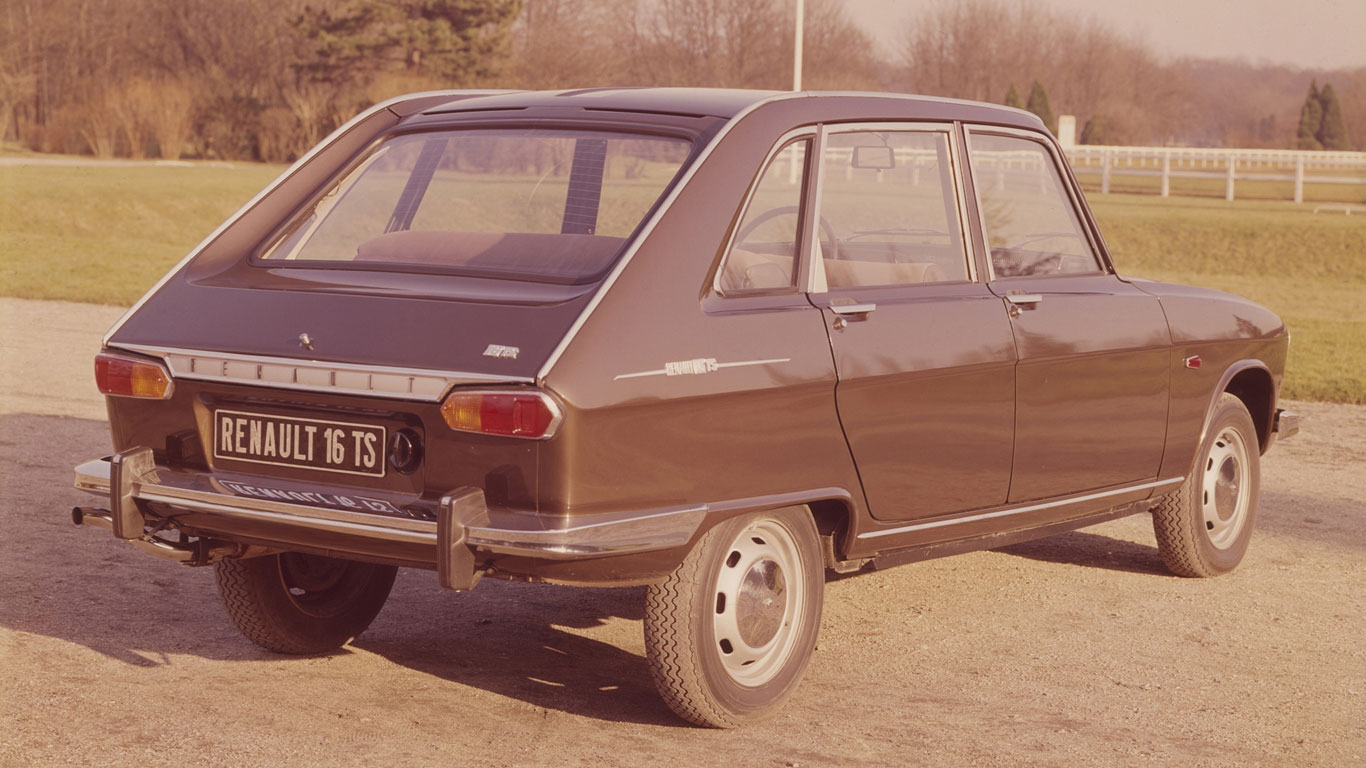
Is it a saloon or a van
© RenaultWhen it was first unveiled at the 1965 Geneva Motor Show, the public didn’t quite know what to make of it. But Pierre Dreyfus was adamant that it would be a hit, claiming it was “a car for families attracted by modern consumer society”.
-
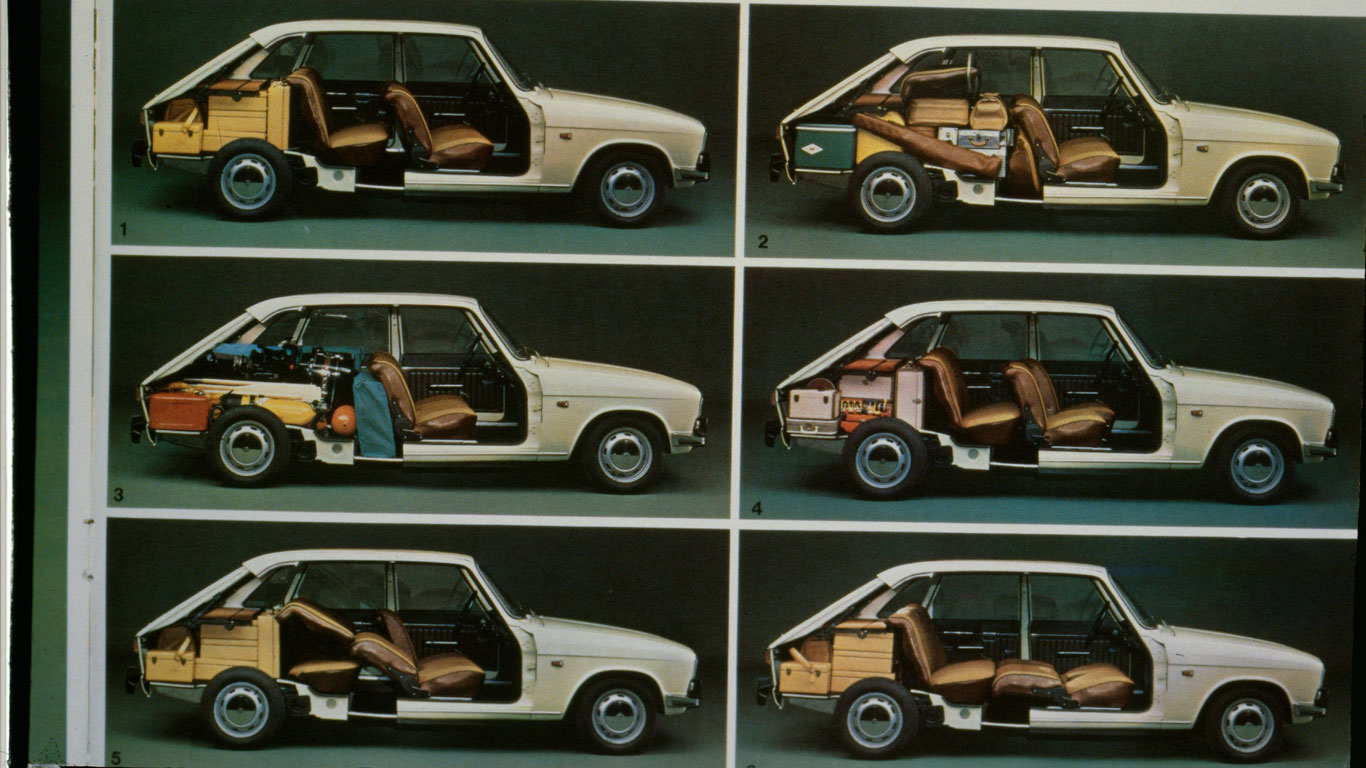
Hugely practical
© RenaultPart of the appeal was the hugely flexible boot, which – thanks to the sliding, folding and removal rear bench – could be organised in six different layouts. In this case, a picture paints a thousand words.
-
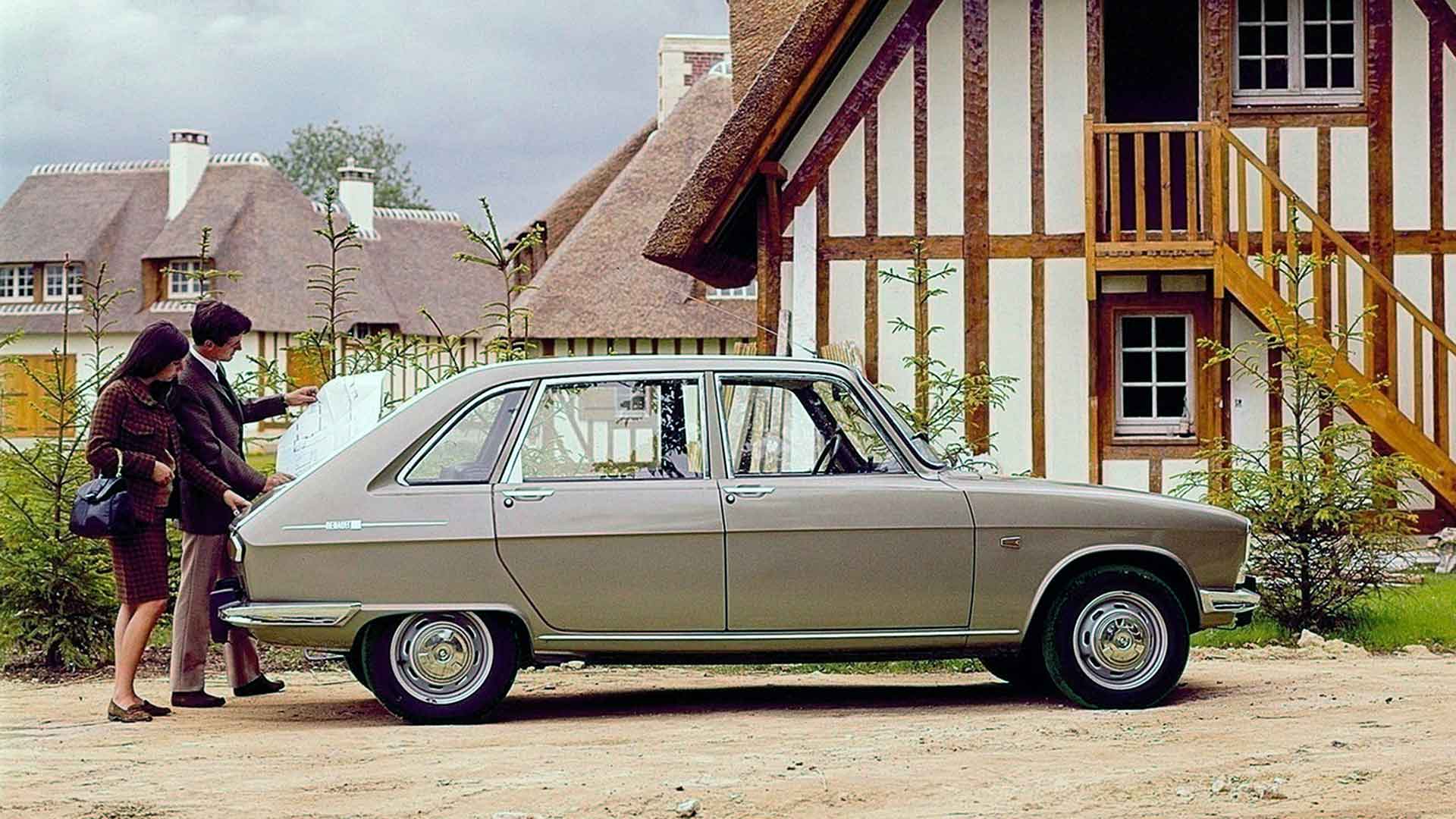
Front-wheel drive
© RenaultThe amount of cabin and luggage space was boosted by the 16’s front-wheel drive setup, which was still unusual in the family car sector.
-
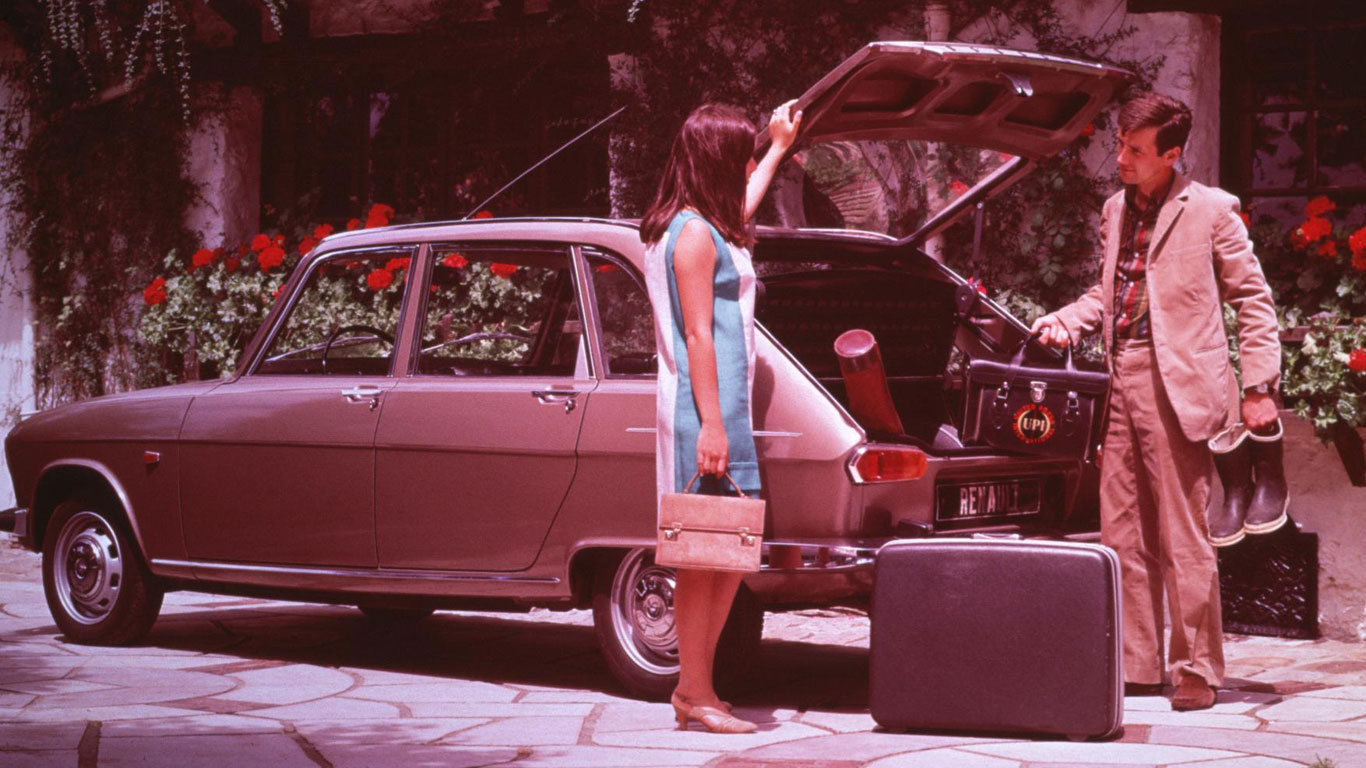
1966 Car of the Year
© RenaultIn 1966, the Renault 16 was crowned Car of the Year, beating the Rolls-Royce Silver Shadow and Oldsmobile Tornado into second and third place.
-
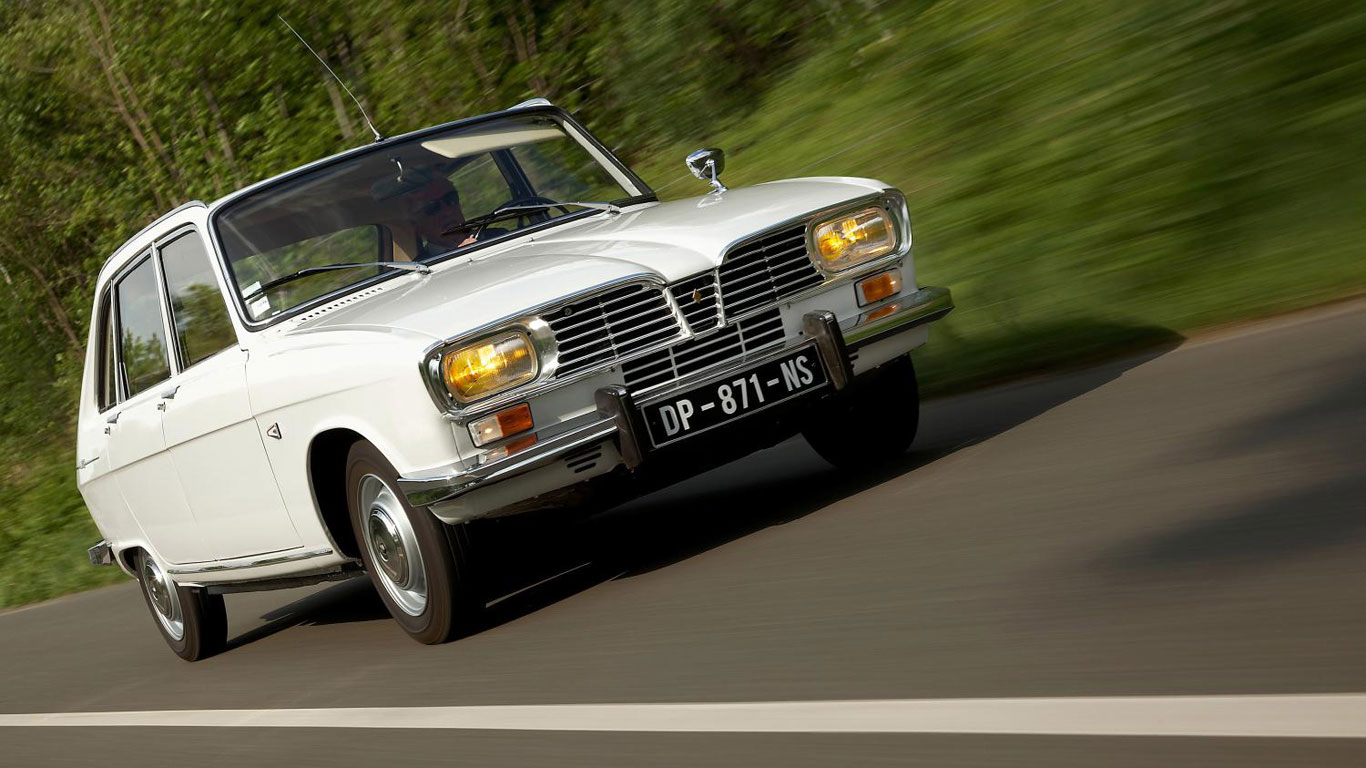
Magic carpet ride
© RenaultLike so many other French cars of the period, the Renault 16 offered a magic carpet style ride. Perhaps not in the same league as the innovative Citroen DS, but comfortable all the same.
-
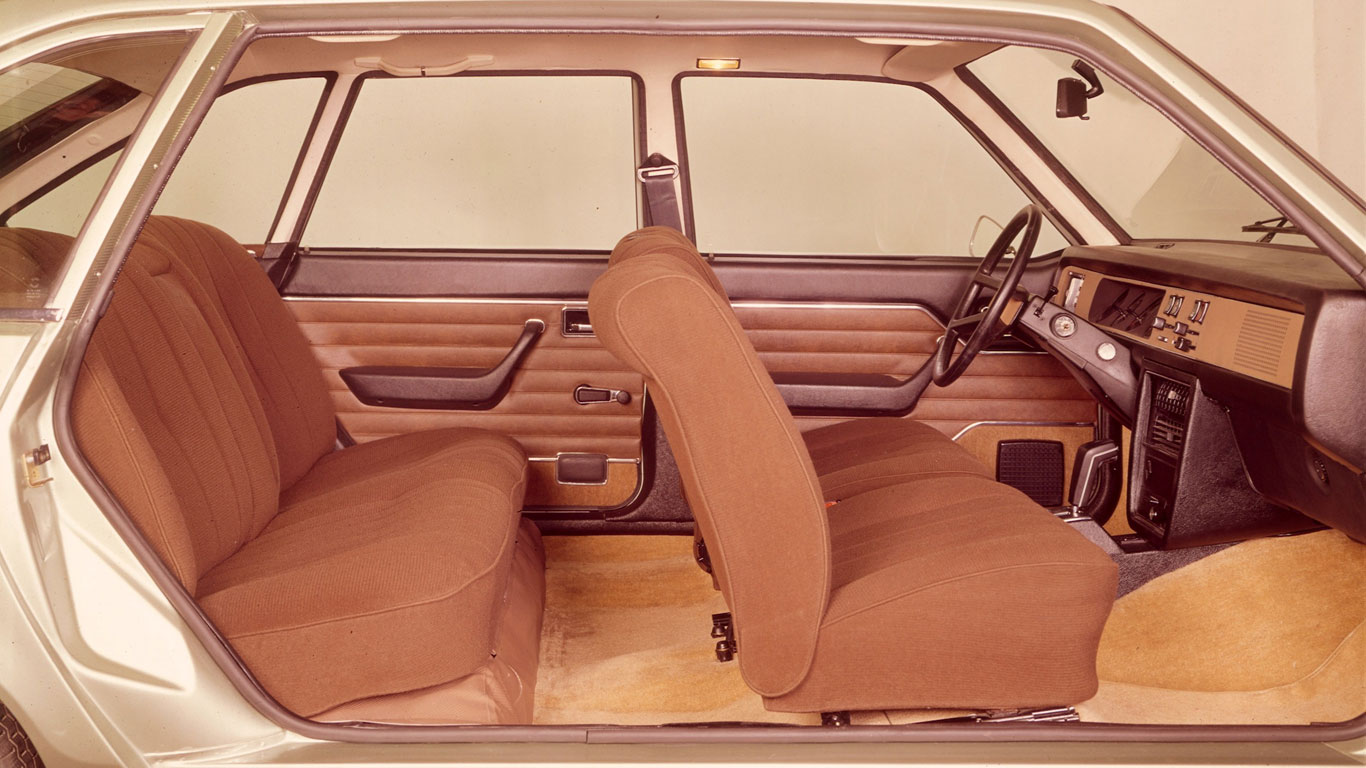
Supremely comfortable seats
© RenaultThe seats were also supremely comfortable, meaning the Renault 16 was ideally placed to cover many miles across the French autoroutes.
-
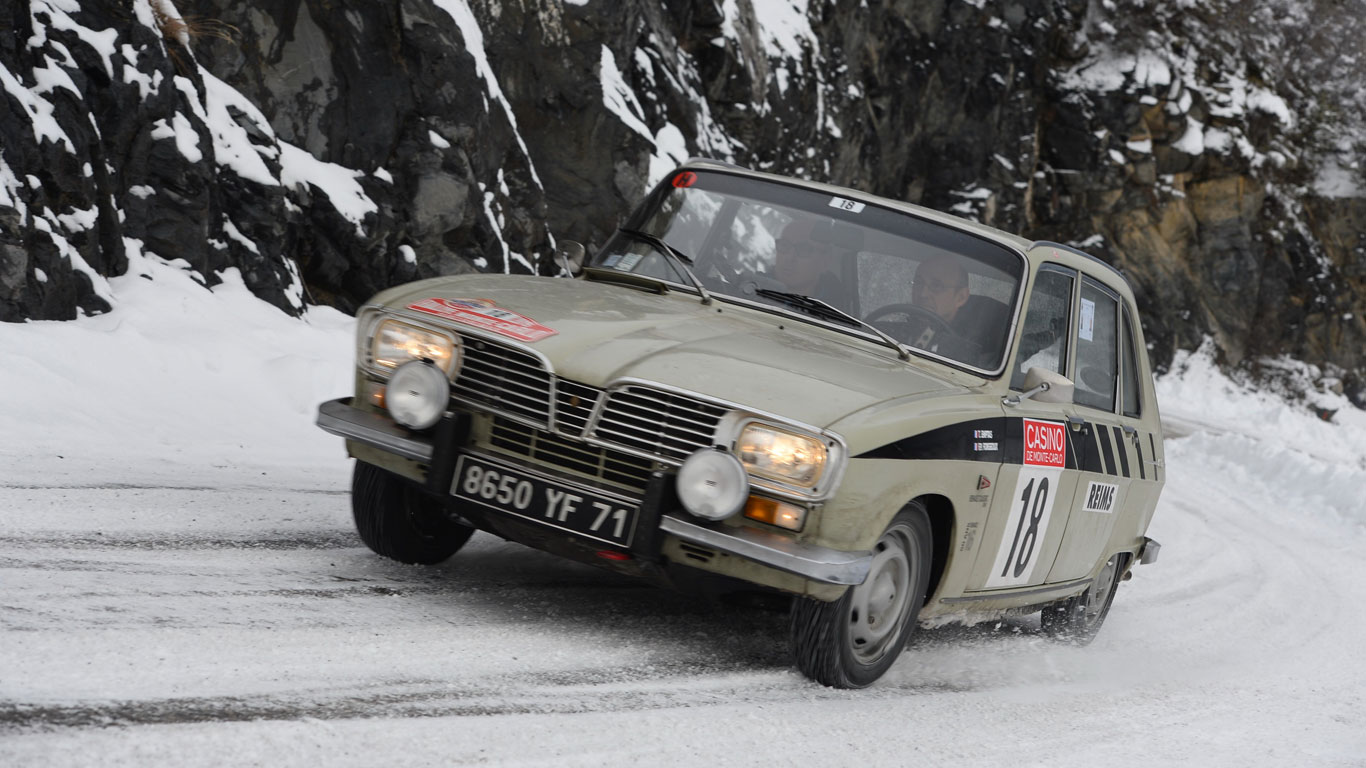
Huge export success
© Bernard CanonneNot that all the Renault 16s stayed in France. Of the 1,851,502 examples built, around 50% were exported to foreign markets.
-
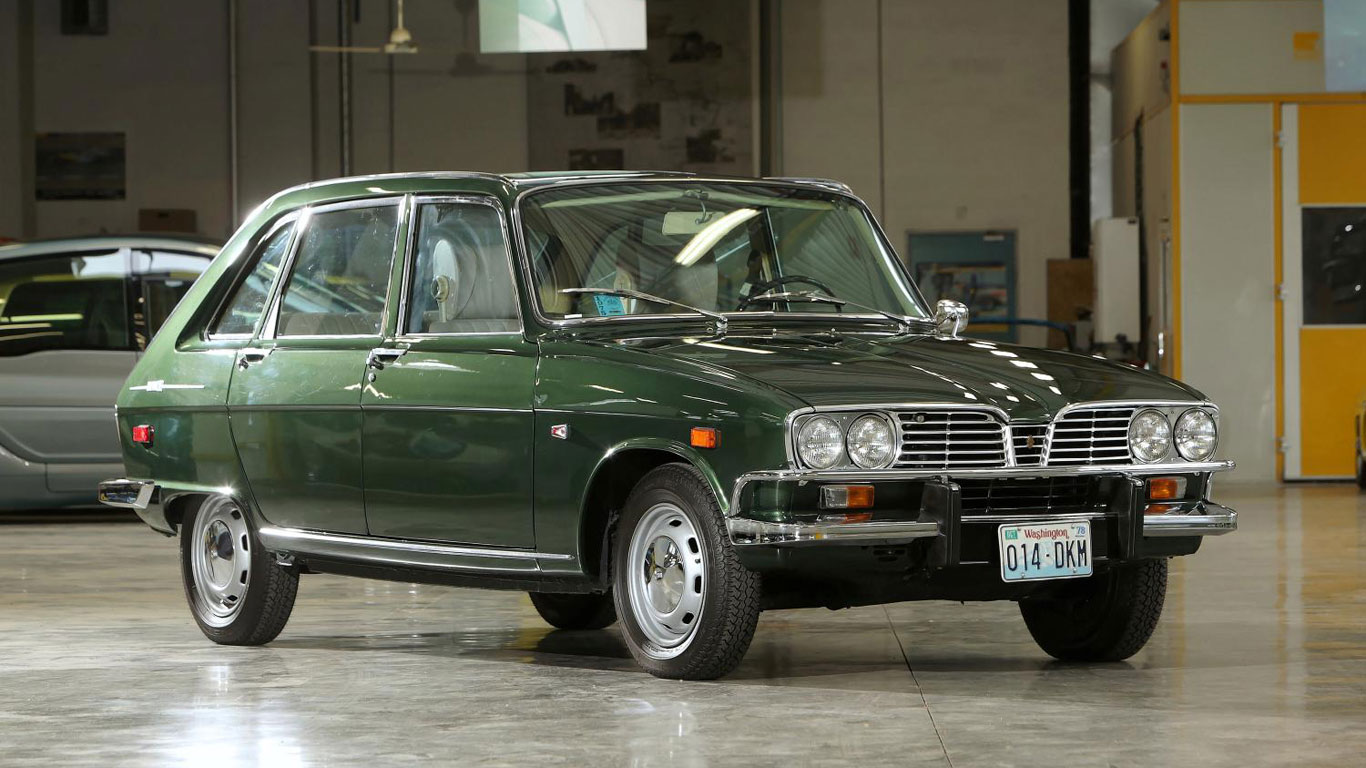
Unique version for US
© RenaultThere was even a bespoke Renault 16 made for the US market, available from 1968 until 1972. It was marketed as the Sedan-Wagon.
-
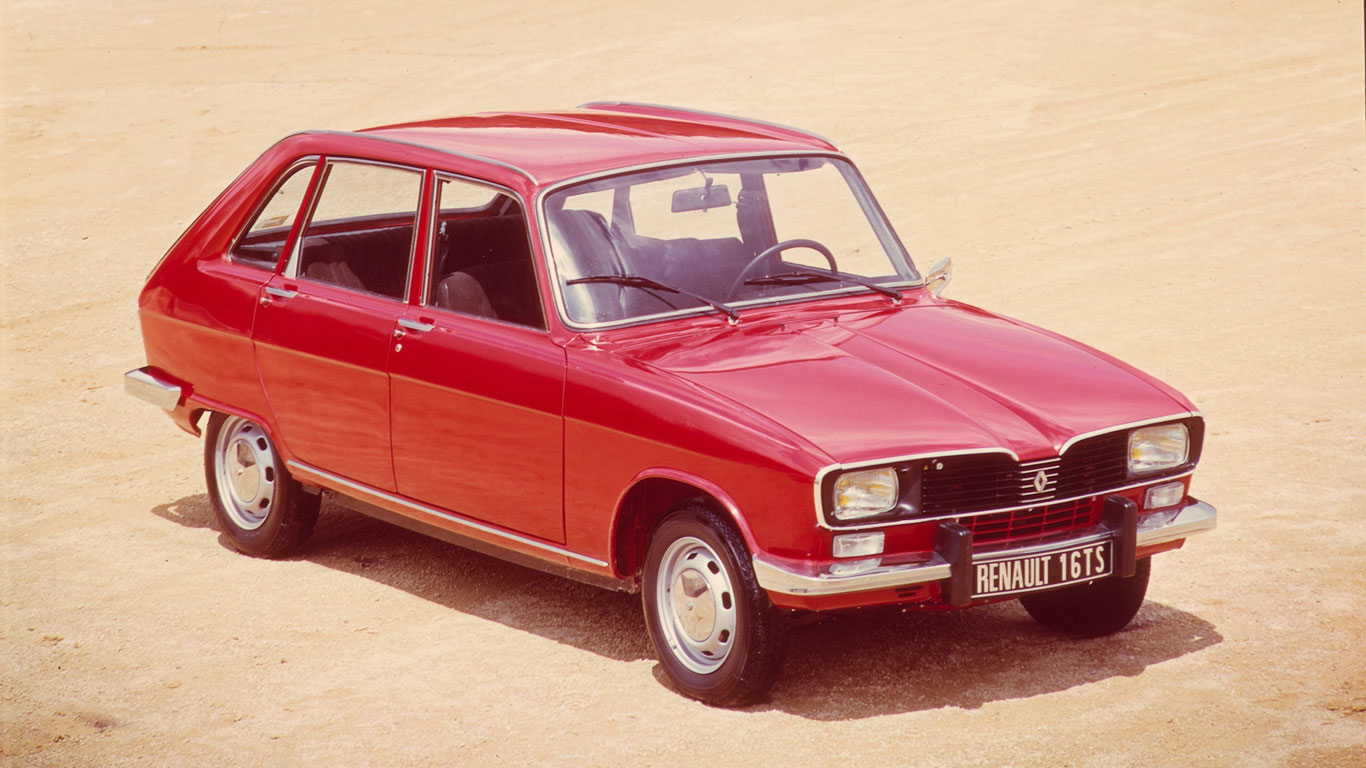
The 16 TS of 1968
© RenaultIn 1968, Renault unveiled the 16 TS, or Tourisme Sportif. This saw the 16 going further upmarket, with the introduction of a heated rear window and an interior rear-view mirror with day and night settings
-
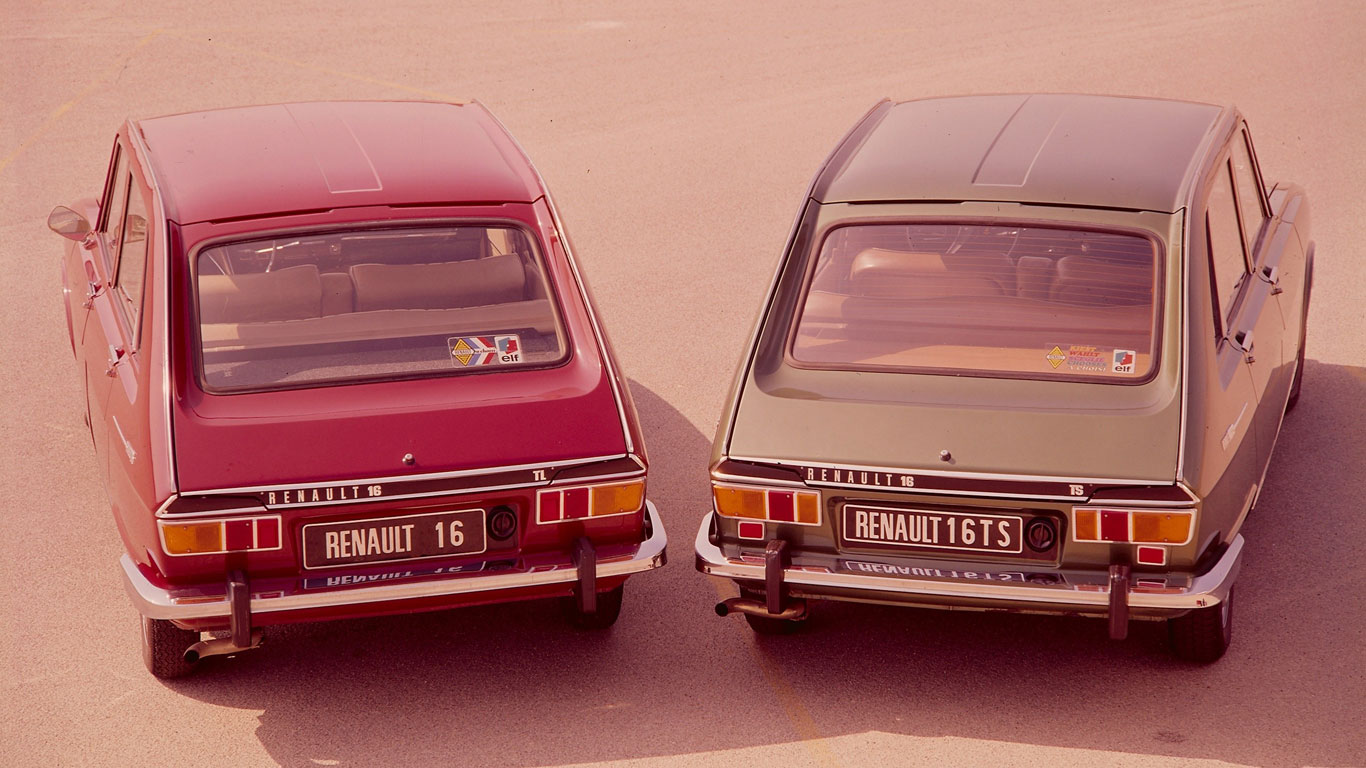
The TL and TS
© RenaultThe heated rear window of the TS can be seen on the car on the right. Also note the additional fog lights below the standard rear light clusters.
-
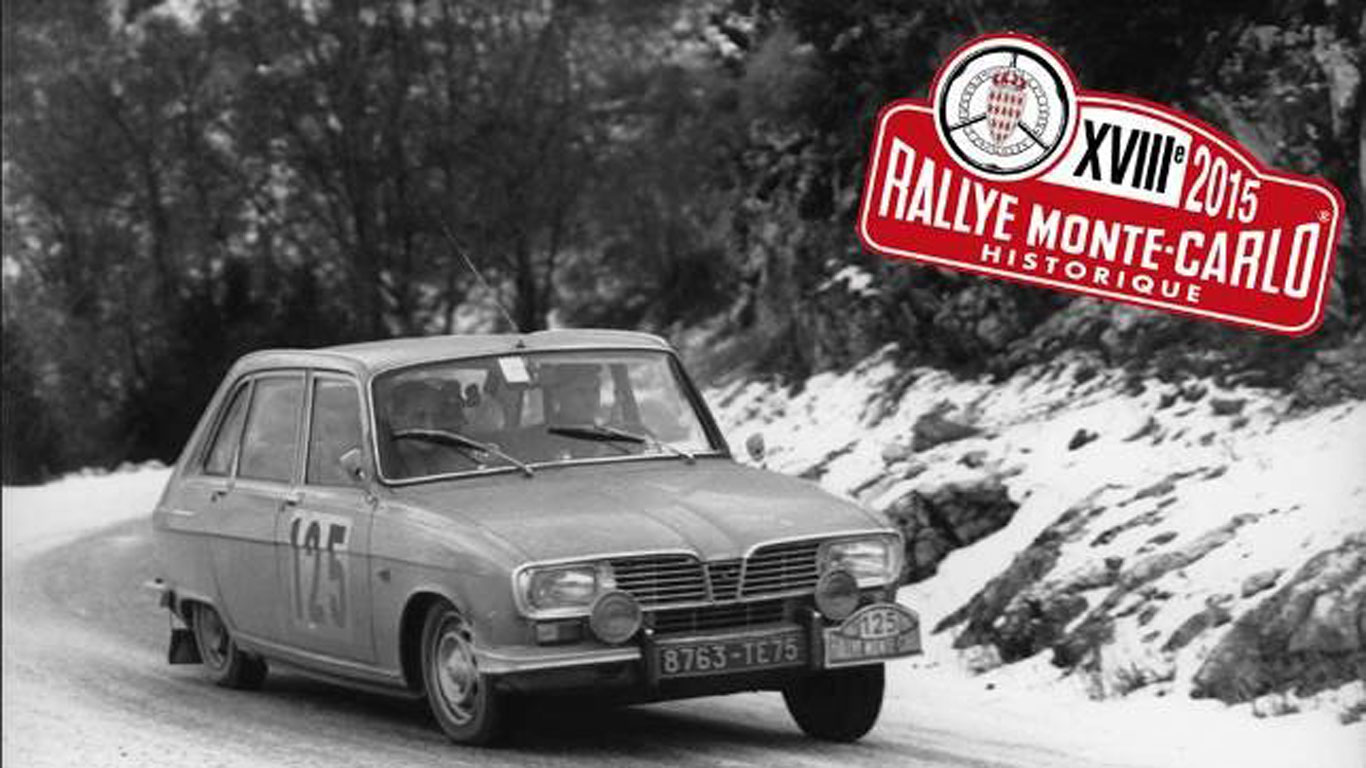
More power for the 16 TS
© RenaultThe 16 TS also saw an increase in power, with the 85hp 1565cc engine replacing the standard 55hp 1470cc unit. Now the 16 could add performance to a formidable array of talents.
-
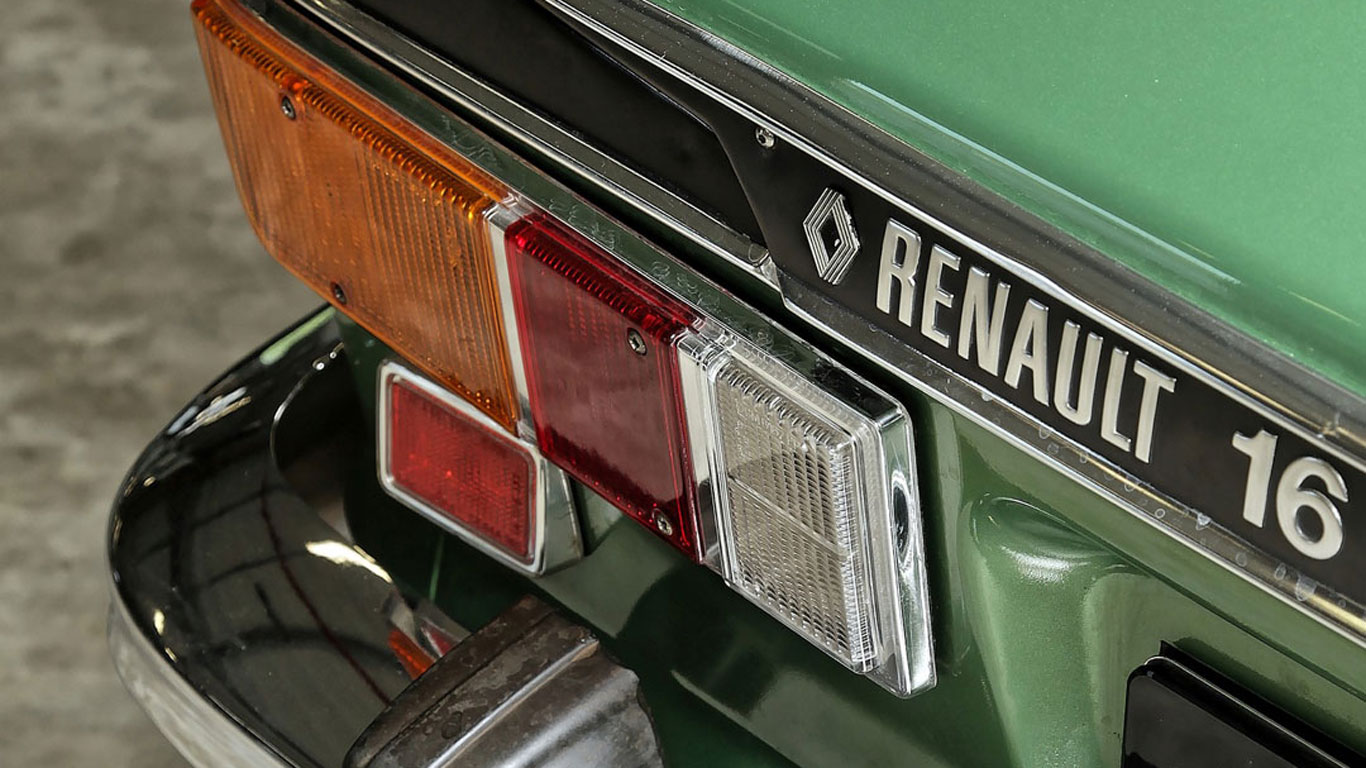
The 16 goes even further upmarket
© RenaultIn 1969, the Renault 16 gained options including reversing lights, electric front windows, an electric sunroof and leather upholstery. Now the families of the turn of the decade could travel in real style.
-
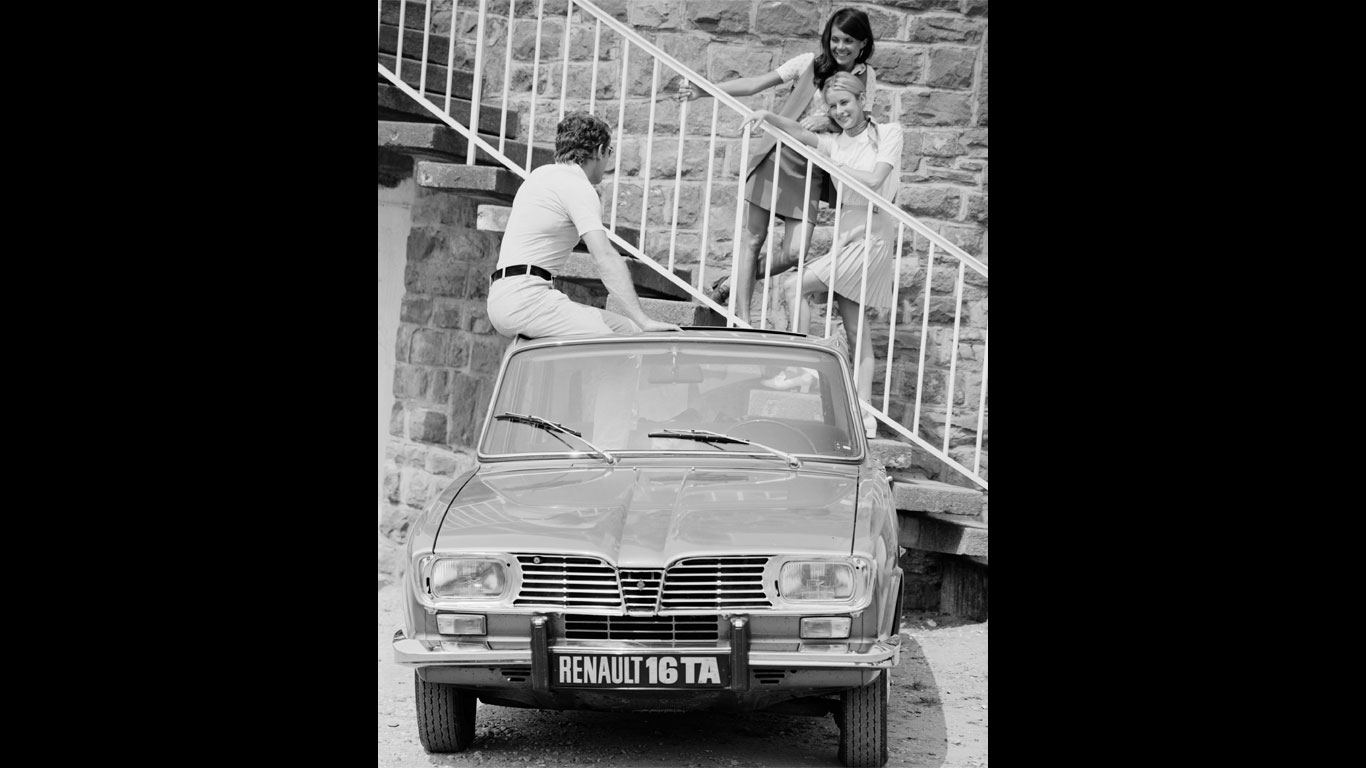
The first French-built automatic gearbox
© RenaultThe Renault 16 of 1969 will also go down in history as the first French car to feature a French-built automatic gearbox, which was designated by a TA badge, for Transmission Automatique.
-
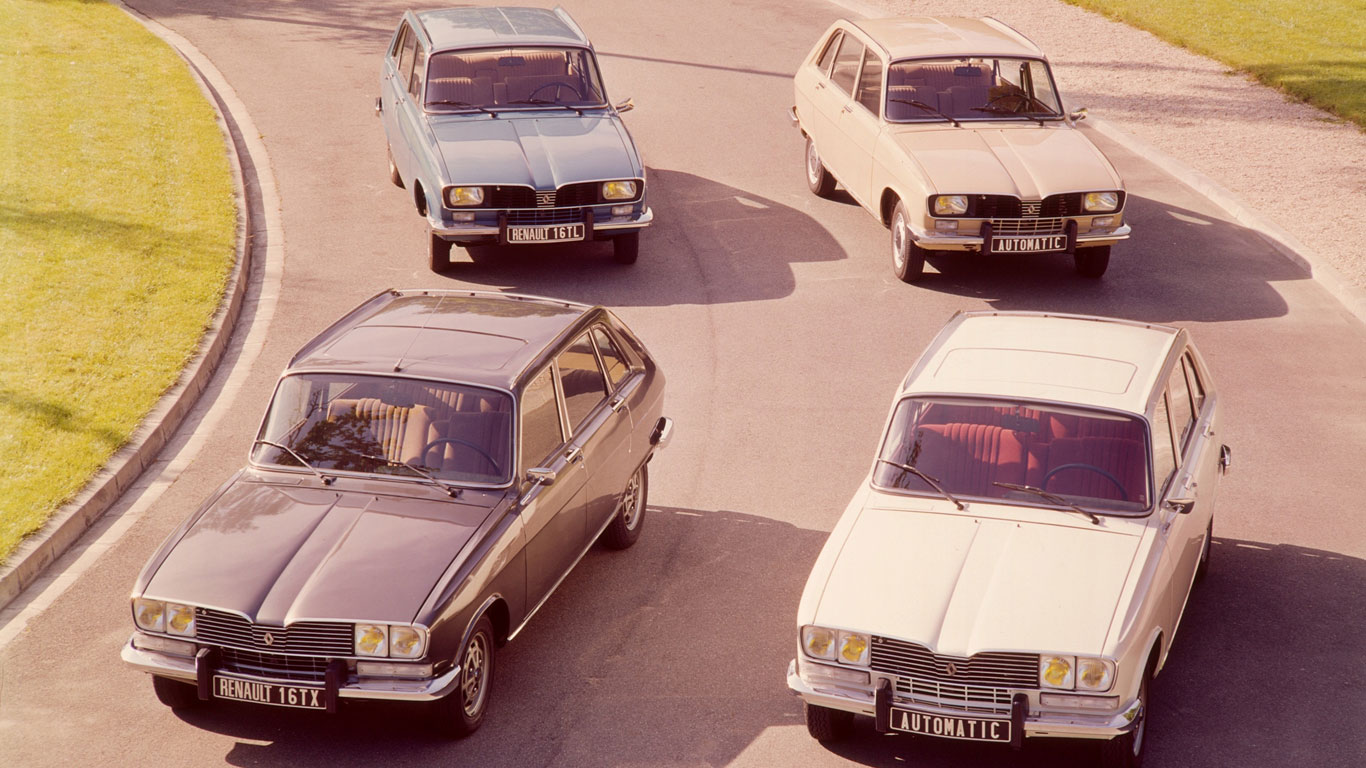
Automatic for the people
© RenaultThe automatic transmission was included as an option for all engine types in 1972 and was indicated by an Automatic badge on the famous tailgate.
-
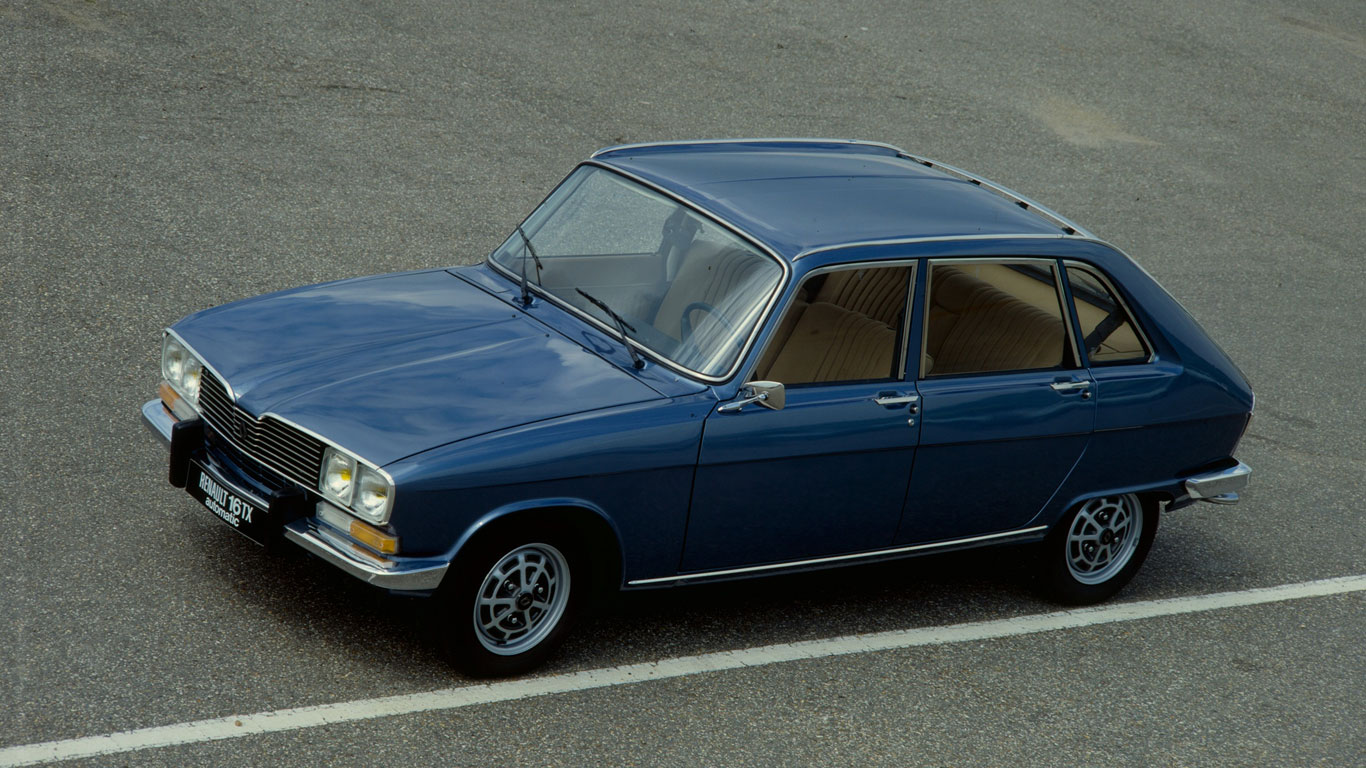
TX: the ultimate 16
© RenaultYou could argue – with some justification – that the 16 TX of 1973 was a forerunner to the modern hot hatch. Thanks to its 93hp 1647cc engine, it could reach speeds of up to 108mph.
-
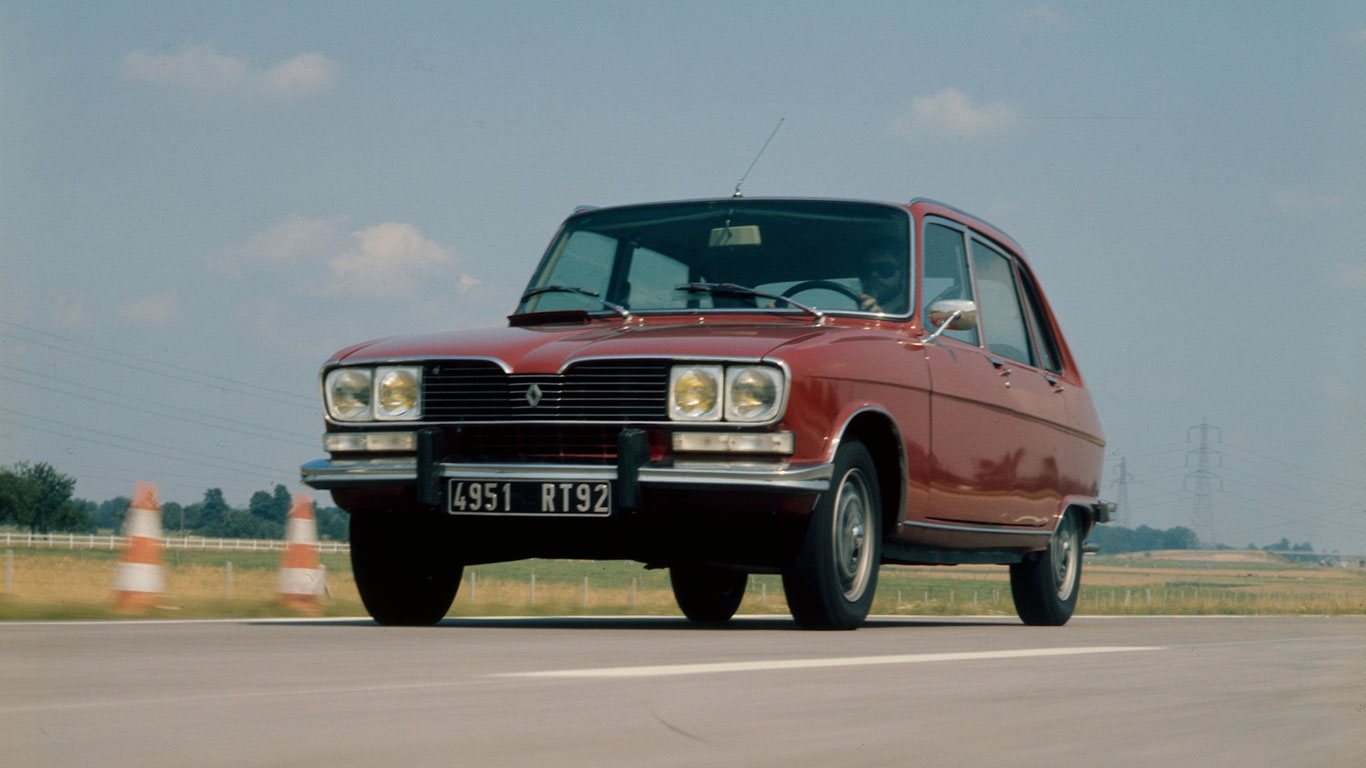
The Renault 16 TX
© RenaultThe 16 TX also featured central locking and inertia reel seat belts, not to mention the 16’s legendary smooth ride quality. The TX was like having your cake and eating it.
-
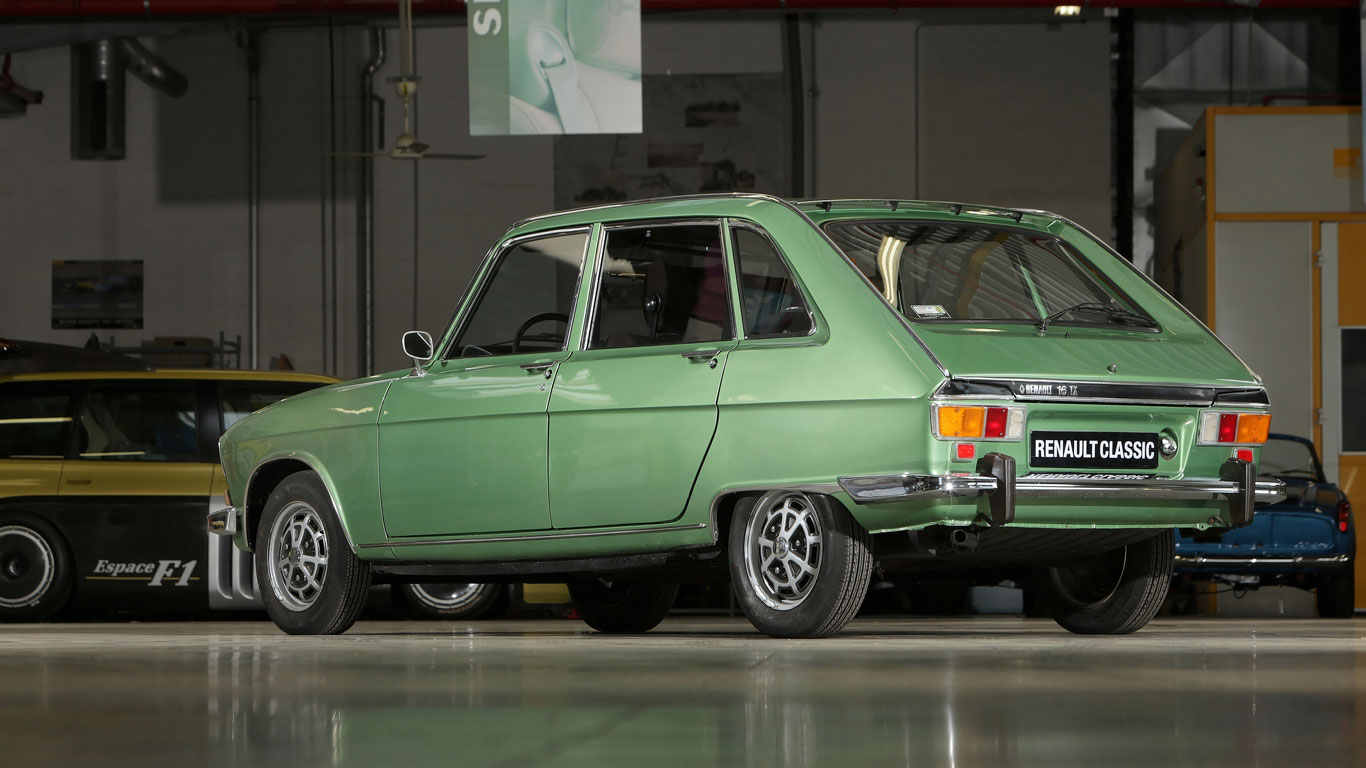
The wonderful 16 TX
© RenaultFurther features of the TX included a five-speed gearbox, Gordini wheels and a rear wiper. Options included Dunlop wheels, a sliding sunroof, air conditioning and a leather interior.
-
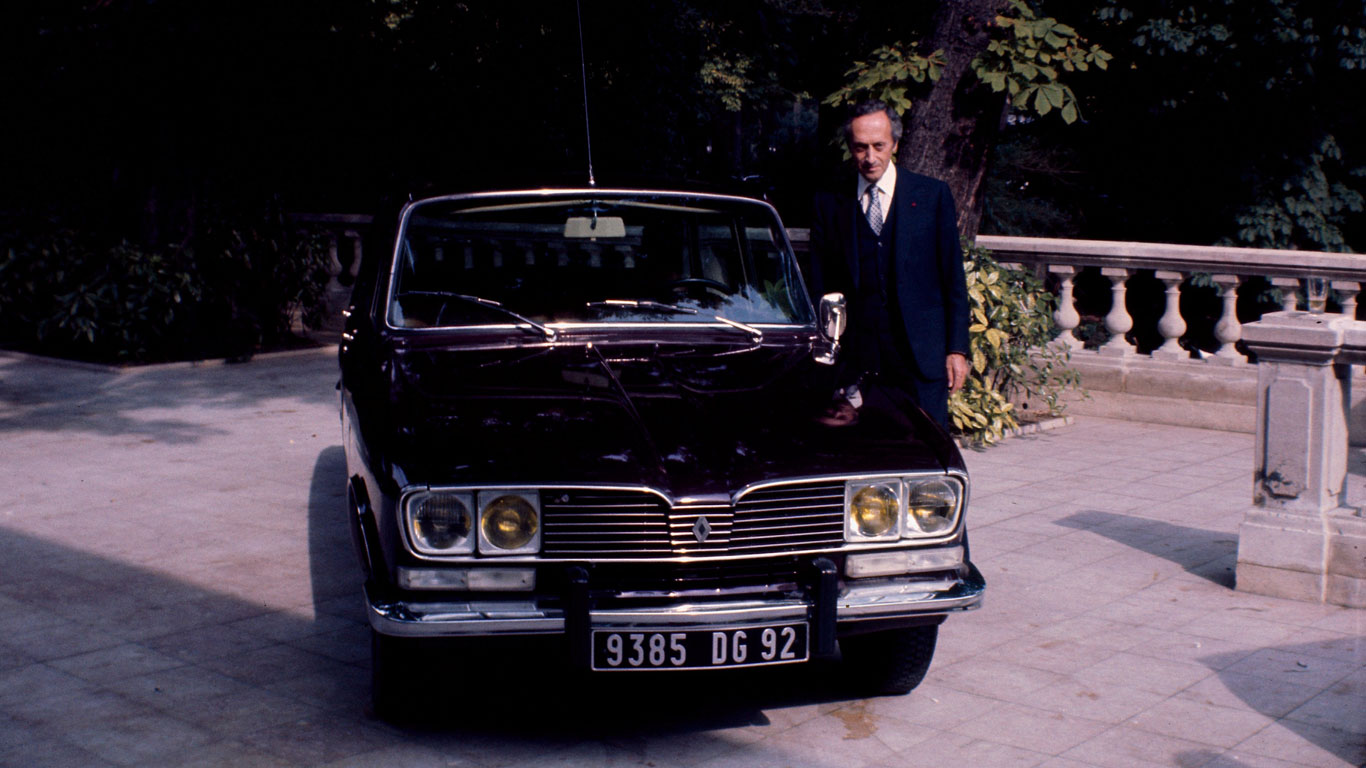
The MK2 of 1971
© RenaultBy now, the original 16 had morphed into the MK2, which was introduced in 1971. The 16 would remain in production until 1980 and most cars were built in Sandouville, Normandy.
-
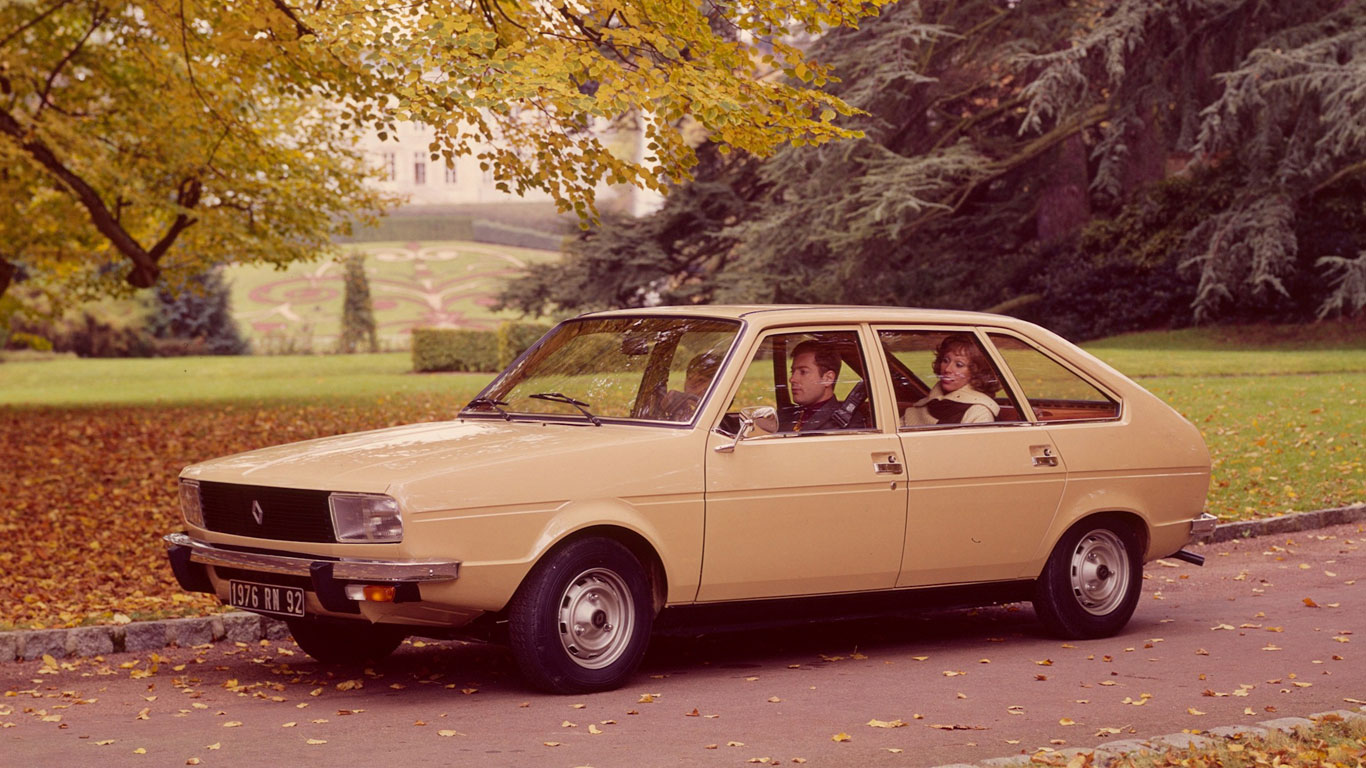
The Renault 20
© RenaultThe 16 was supposed to be replaced by the Renault 20 of 1976, but the fact that its predecessor remained in production proves that the 16 was still ahead of its time.
-
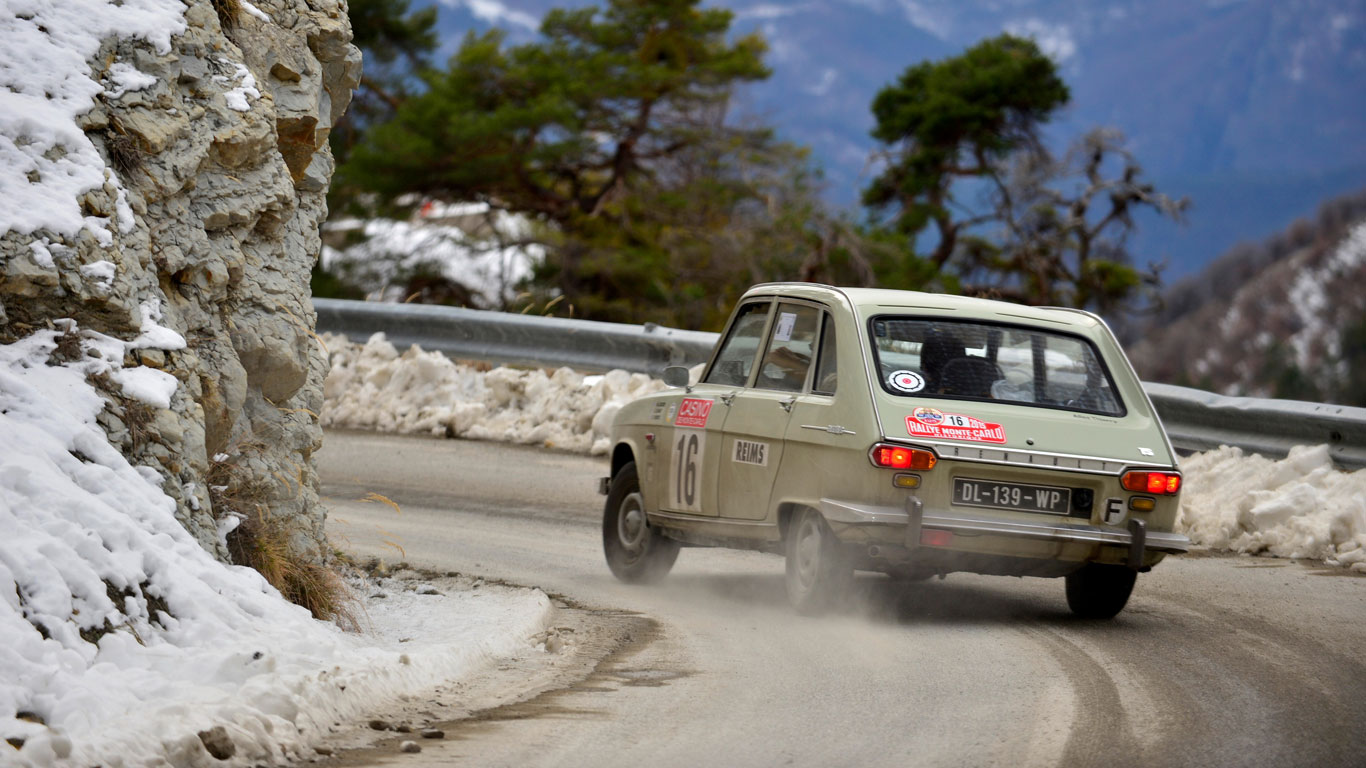
Criticisms of the Renault 16
© RenaultThe Renault 16 wasn’t perfect, but then what car truly is? It would tend to lean quite heavily through the corners, but nowhere near as bad as its styling might suggest.
-
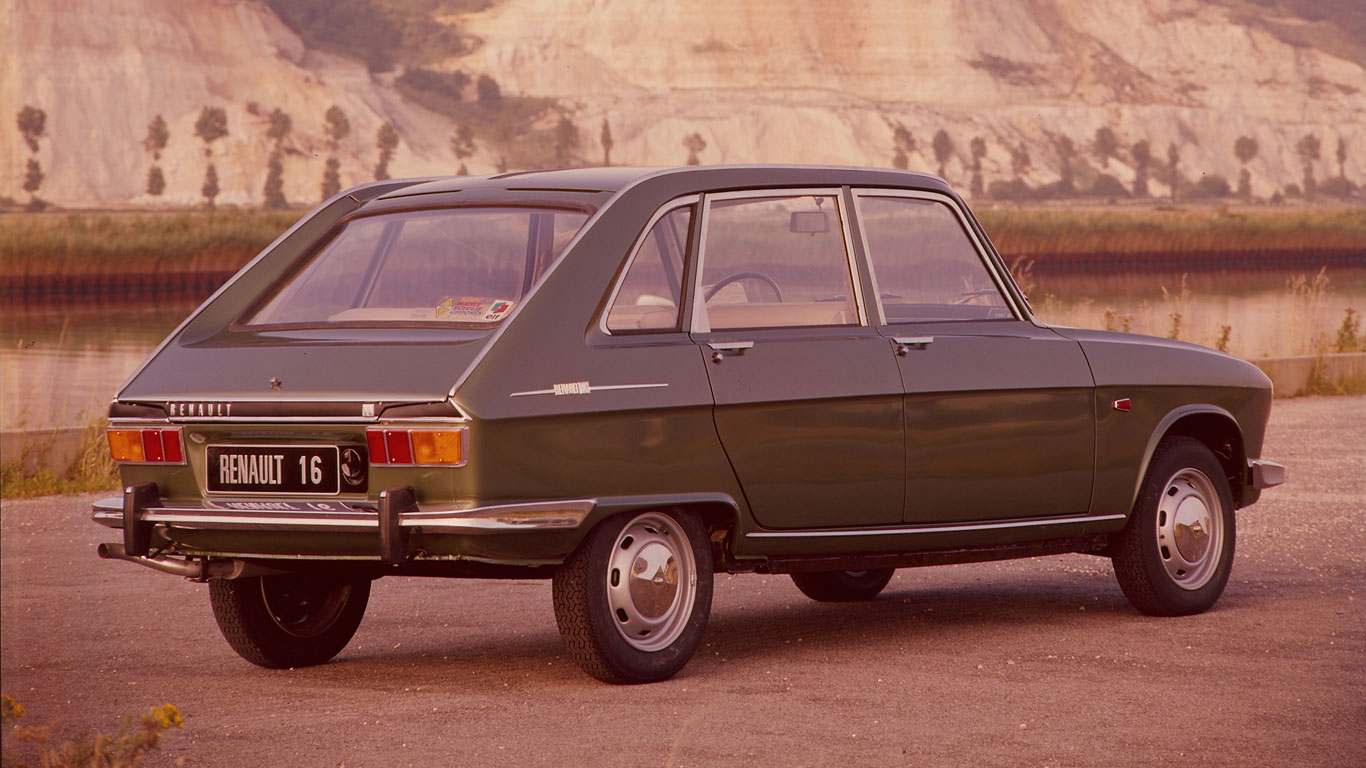
Rust was the killer
© RenaultAnd the reason you see so few Renault 16s today is the dreaded tin worm. These cars would rust for fun and by the mid 1980s many were looking decidedly worse for wear.
-
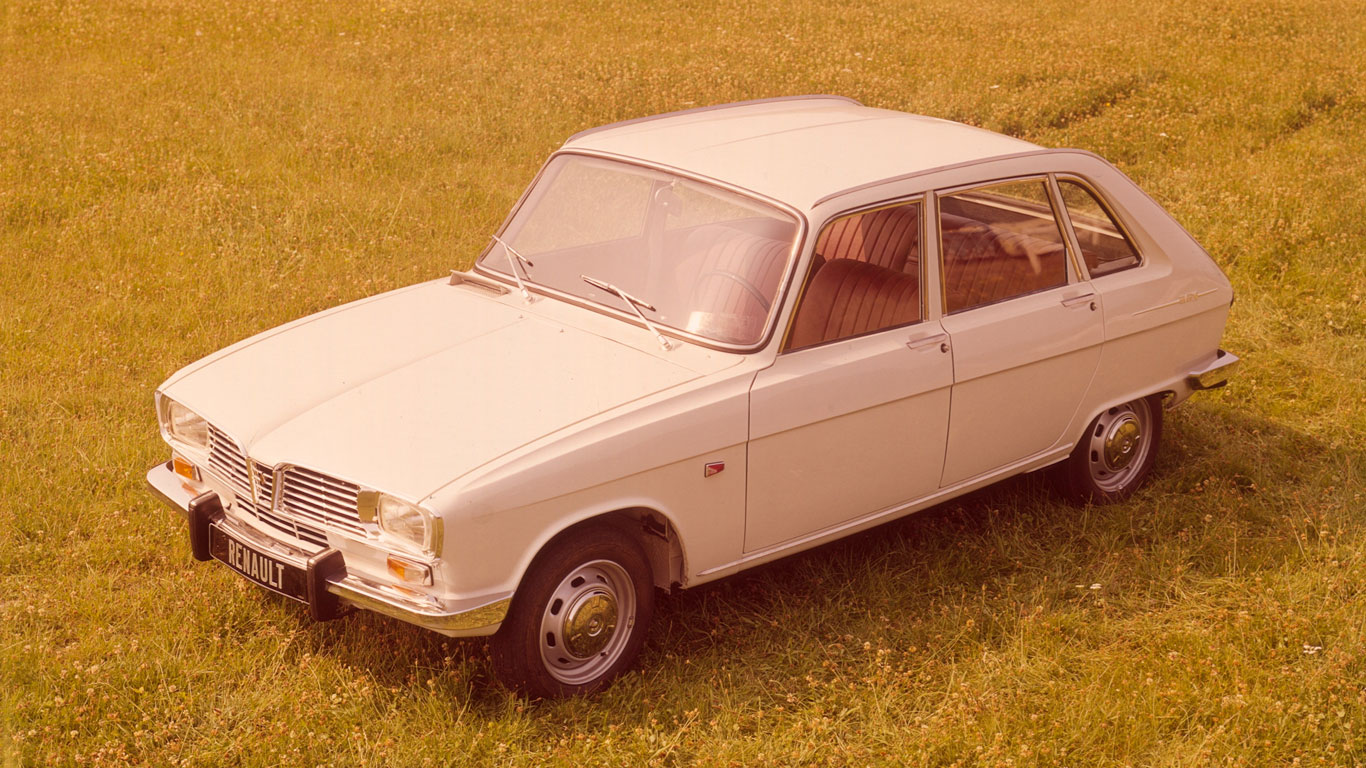
Easy to spot the rust
© RenaultTo make matters worse, it was easy to spot the rust on a Renault 16, so there was no disguising the fact that it was heading towards banger status.
-
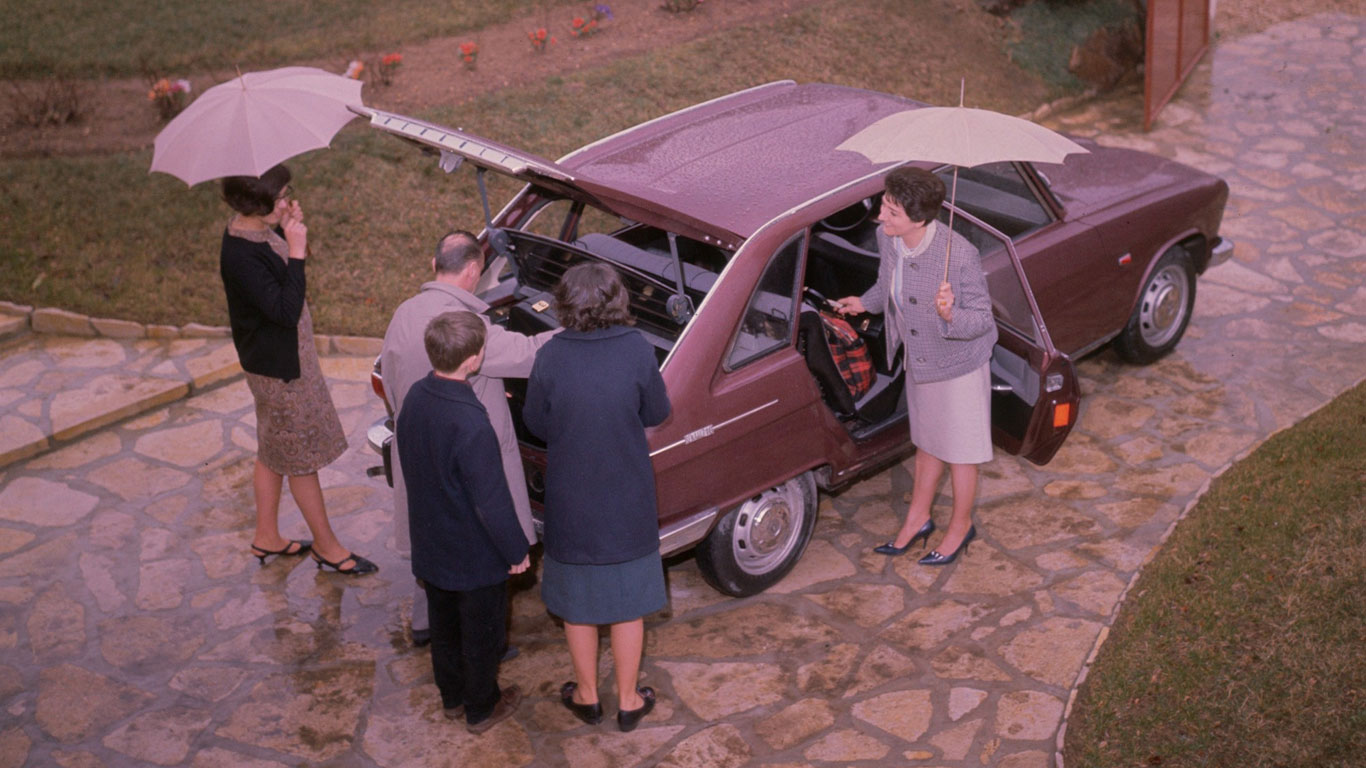
The public moved on
© RenaultThe Renault 16’s groundbreaking spirit would ultimately prove to be its undoing, as motorists moved on to more modern interpretations of the 16’s classic recipe.
-
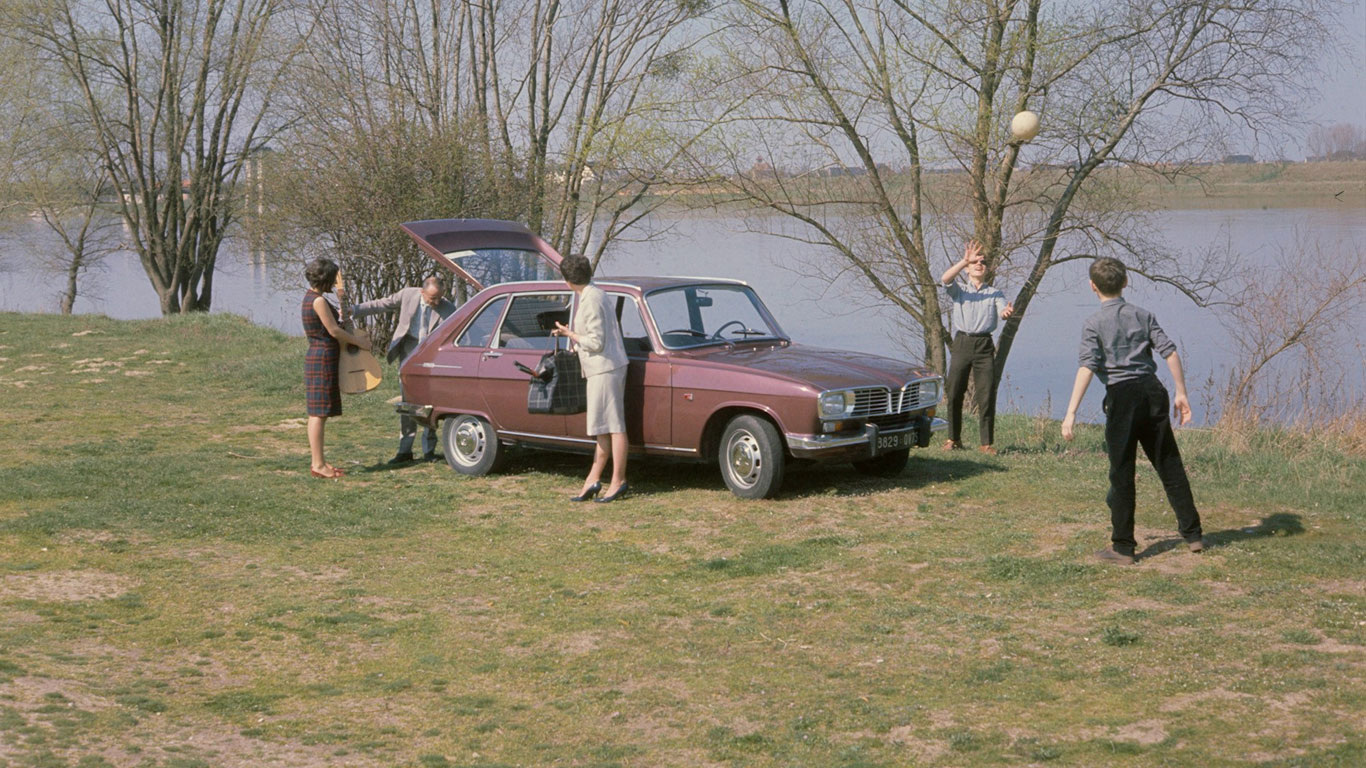
Only 69 left on the road
© RenaultToday there are a mere 69 or so left on the roads of Britain, with a further 13 tucked away inside garages across the land.
-
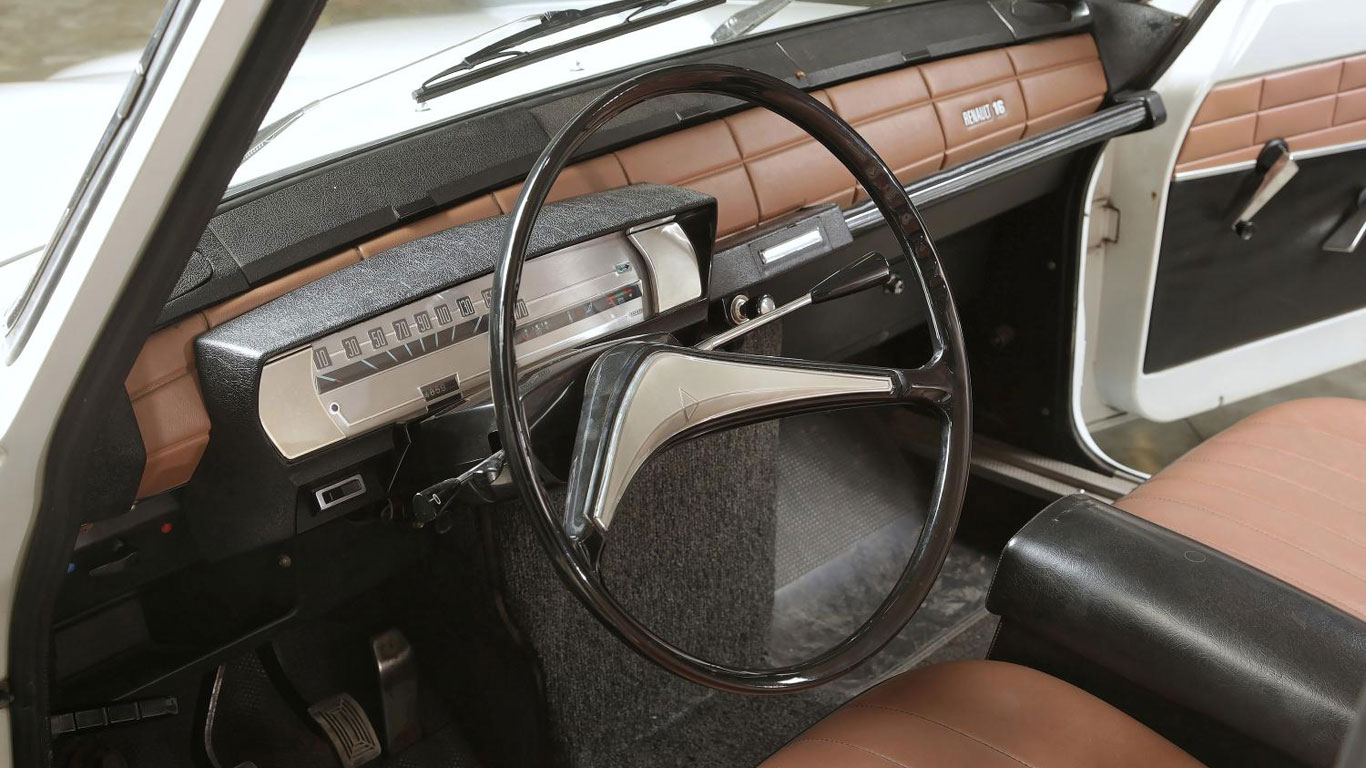
Price guide at auction
© RenaultAccording to ClassicCarPrice, the average price of a Renault 16 sold at auction over the past 24 months is £2,970. Not bad for a car with such a lasting legacy.
-
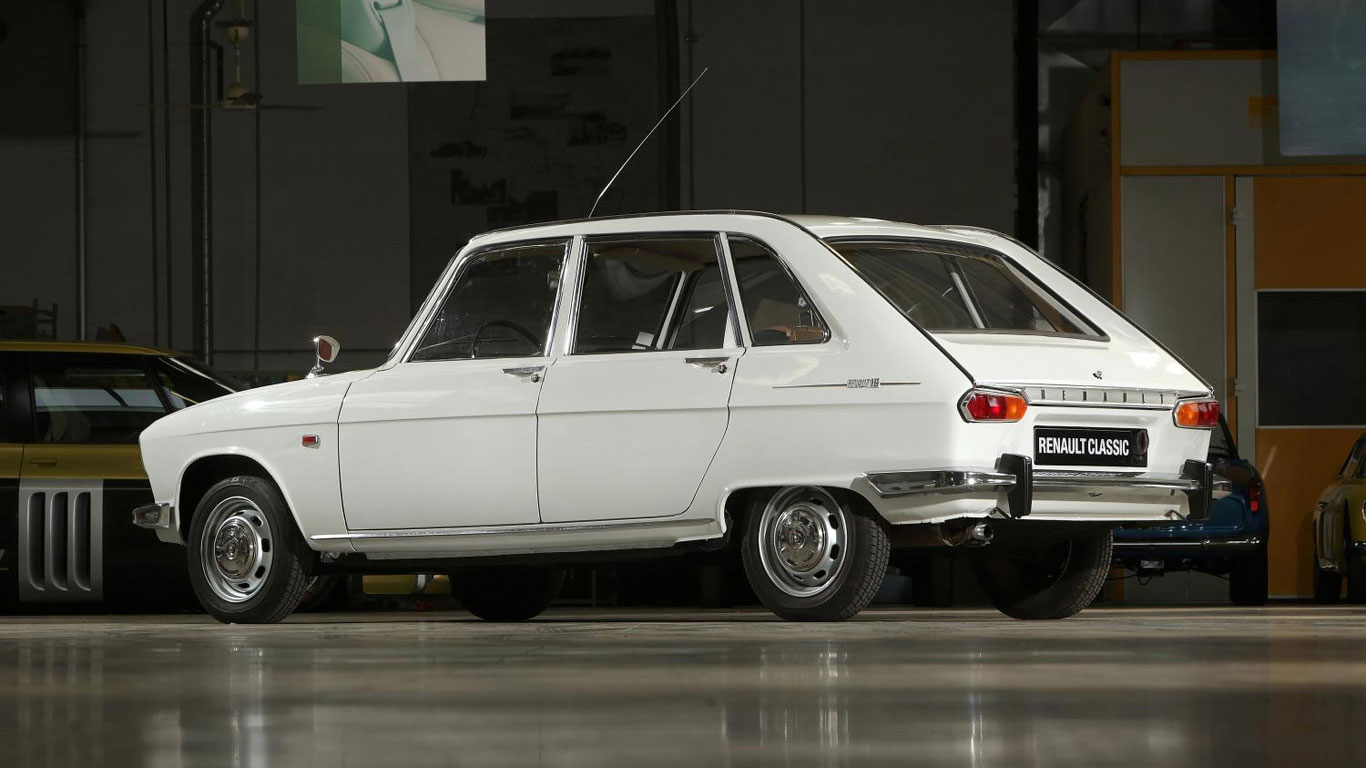
Practical Classics
© RenaultOn the other hand, Practical Classics suggests you’ll need to part with £3,500 for a 16 in concours condition, dropping to £400 for a basket case. In all cases, it warns that spares are hard to come by.
-
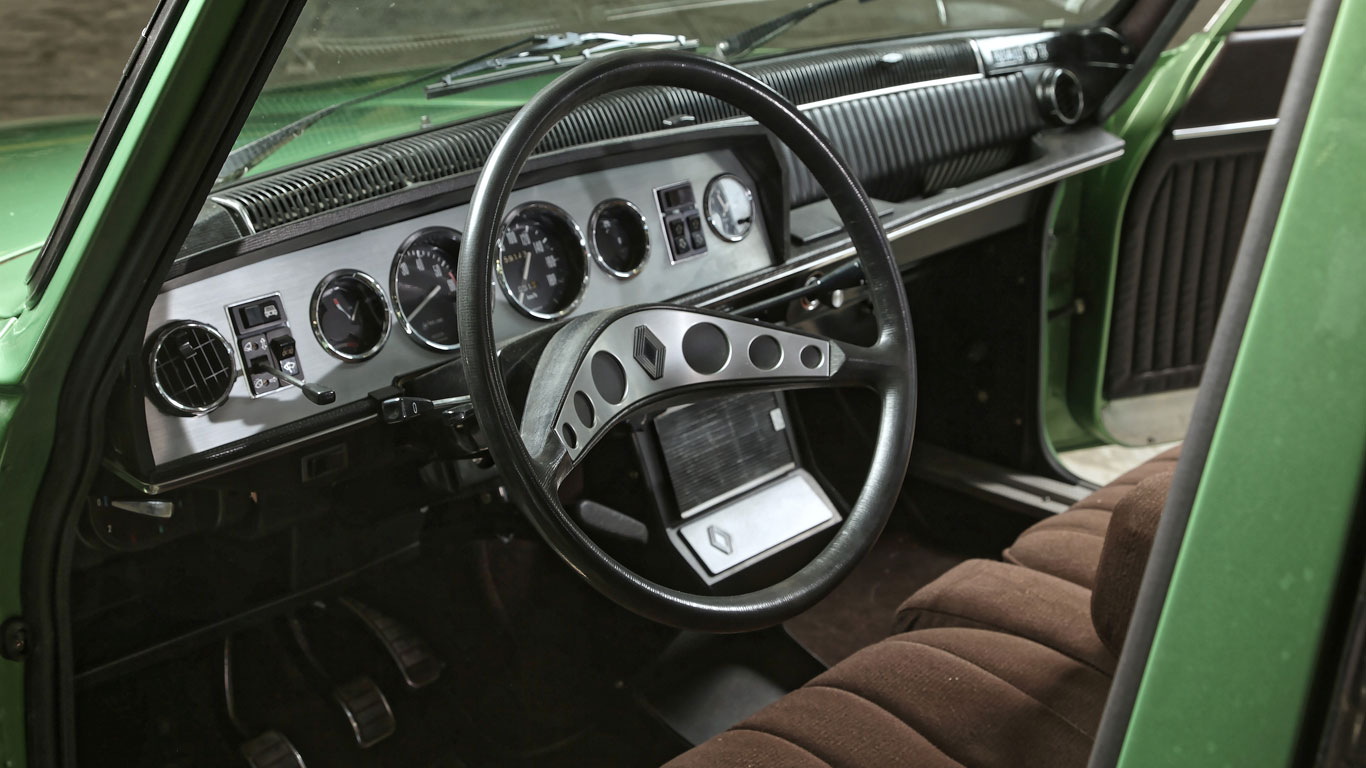
Sir Stirling Moss was a fan
© RenaultAccording to one online resource, Sir Stirling Moss said: “There is no doubt that the Renault 16 is the most intelligently engineered automobile I have ever encountered.”
-
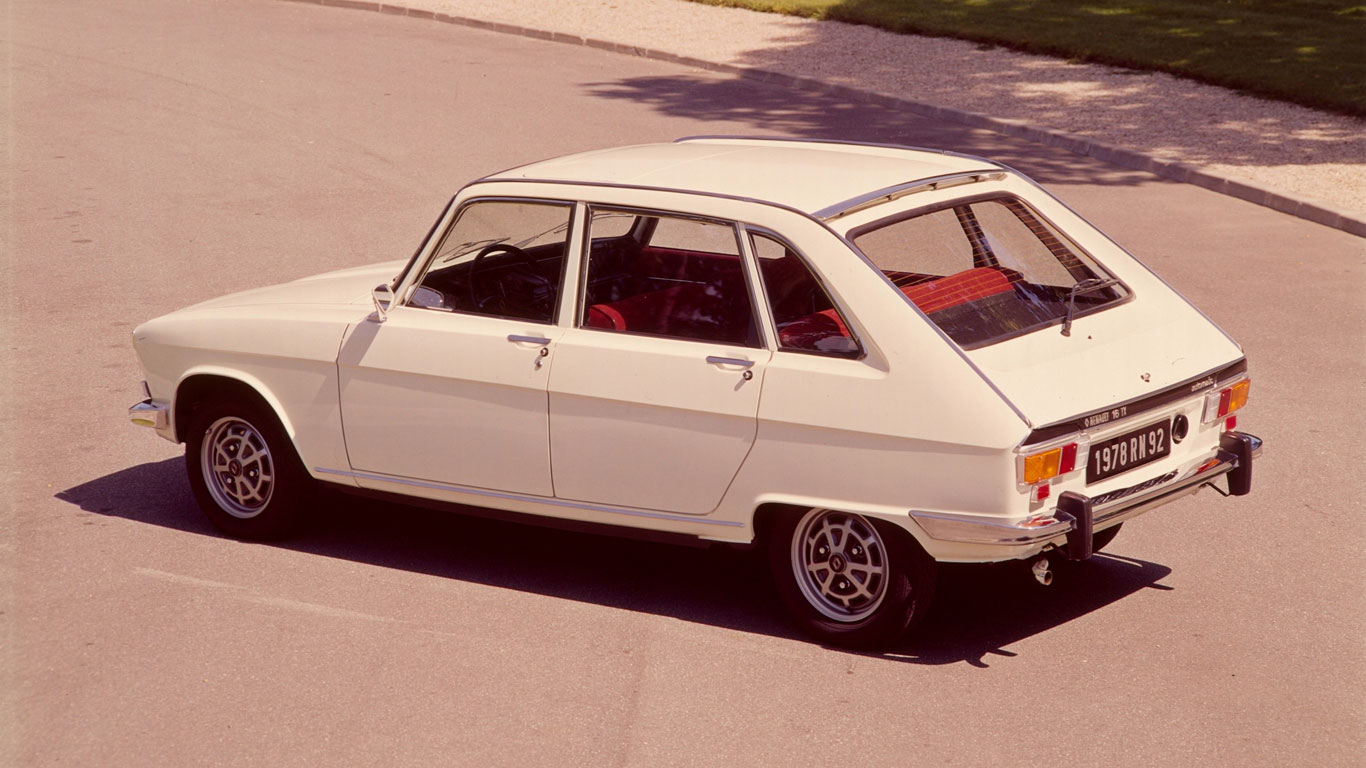
The British could learn a great deal
© RenaultHe want on to say: “I think each British motorcar manufacturer would do well to purchase one just to see how it is put together”. High praise indeed.
-
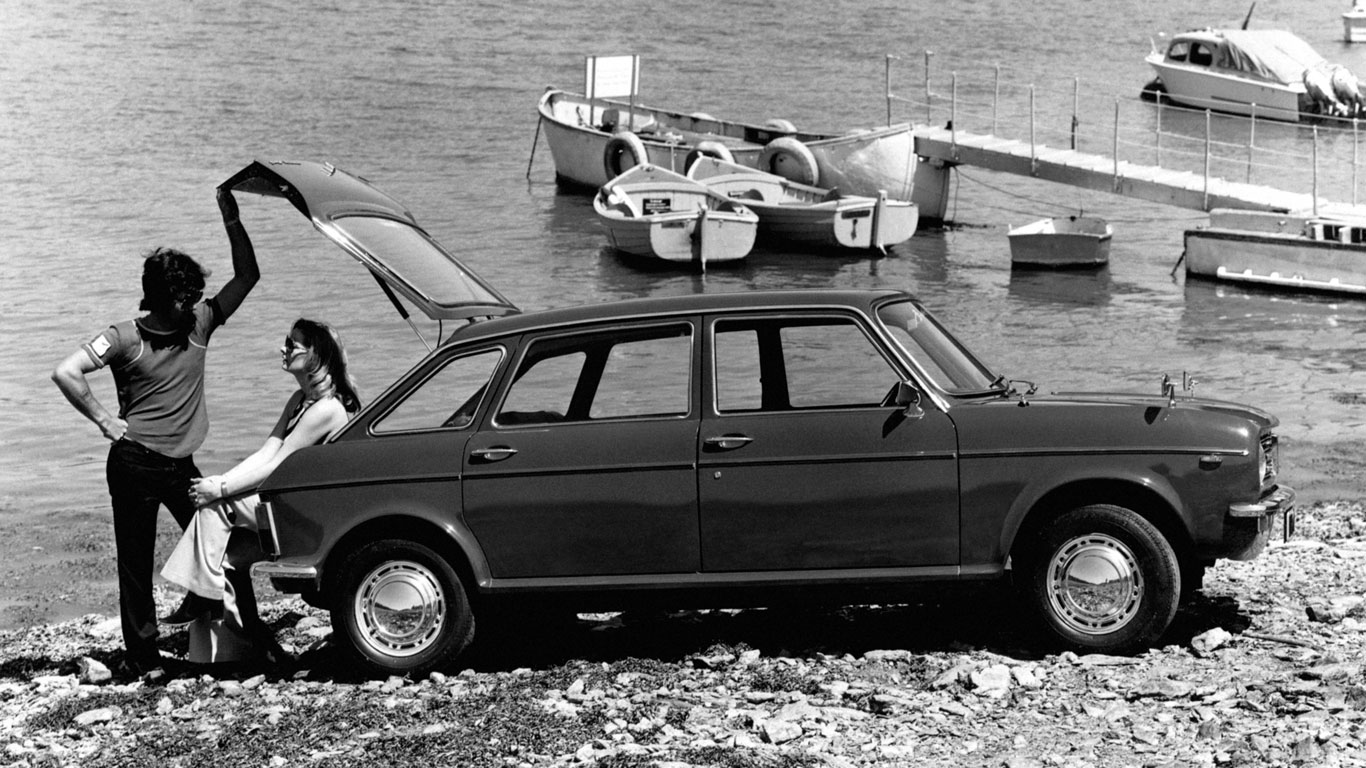
The Austin Maxi
© AustinIt would be years before the British finally caught up, with the introduction of the Alec Issigonis designed Austin Maxi of 1969. But unlike the 16, the Maxi was relatively unknown outside of its home nation.
-
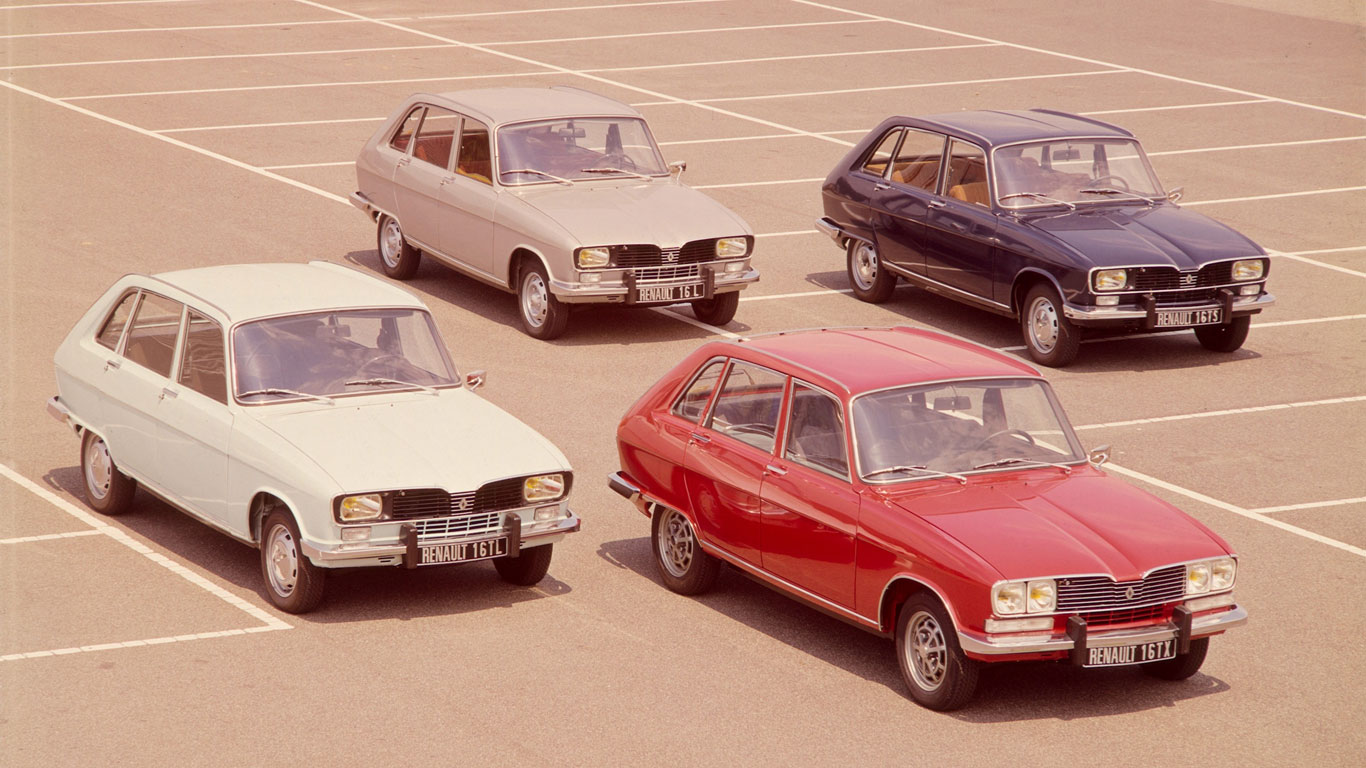
Raise a glass to the 16
© RenaultThe next time somebody asks you to name the best French car of all-time, by all means mention the DS, the Renault 4, the Citroen 2CV and the SM. But make sure you also raise a glass to the Renault 16.
The fabulous yet forgotten Renault 16
More than 50 years after its launch, the groundbreaking Renault 16 remains a genuine landmark car. We salute its legacy.
Home The fabulous yet forgotten Renault 16
News
Classic comeback: Alvis delivers first new Graber Drophead
Destined for Japan, the Alvis Graber Drophead features an engine block first constructed more than 50 years ago.
TVR T440R: unique Le Mans homologation special heads to auction
To be sold at the Iconic Auctioneers Supercar Fest sale, this one-off TVR T440R is an extreme Tuscan intended to race at Le Mans.
For sale: Ayrton Senna’s classic Honda NSX
A 1991 Honda NSX, first owned by the late F1 legend Ayrton Senna, is listed for sale on Auto Trader with a £500,000 price tag.
Features
In pictures: 30 years of all-wheel-drive Porsches
We’re invited to the Porsche Experience Centre at Silverstone to celebrate the 30th anniversary of all-wheel drive Porsches
Is this steam-powered Land Rover the most British thing ever?
Frank Rothwell spent £24,000 converting an old Land Rover to run on coal
Top cat: celebrating 60 years of the Jaguar E-Type
The Jaguar E-Type was unveiled at the 1961 Geneva Motor Show. We celebrate 60 years of the most beautiful car ever made.
Reviews
1980 Renault 4 GTL review: Retro Road Test
The Renault 4 is a very endearing French classic that remains surprisingly affordable. We take a 1980 GTL for a drive.
1991 Peugeot 205 GTI review: Retro Road Test special
Driving two very different versions of Peugeot's hot hatch icon: one a standard 1.6 GTI in concours condition, the other an Mi16 conversion.
1983 Audi Quattro review: Retro Road Test
Fire up the Quattro! We drive the car that transformed Audi's image – and dominated world rallying thanks to four-wheel drive.
